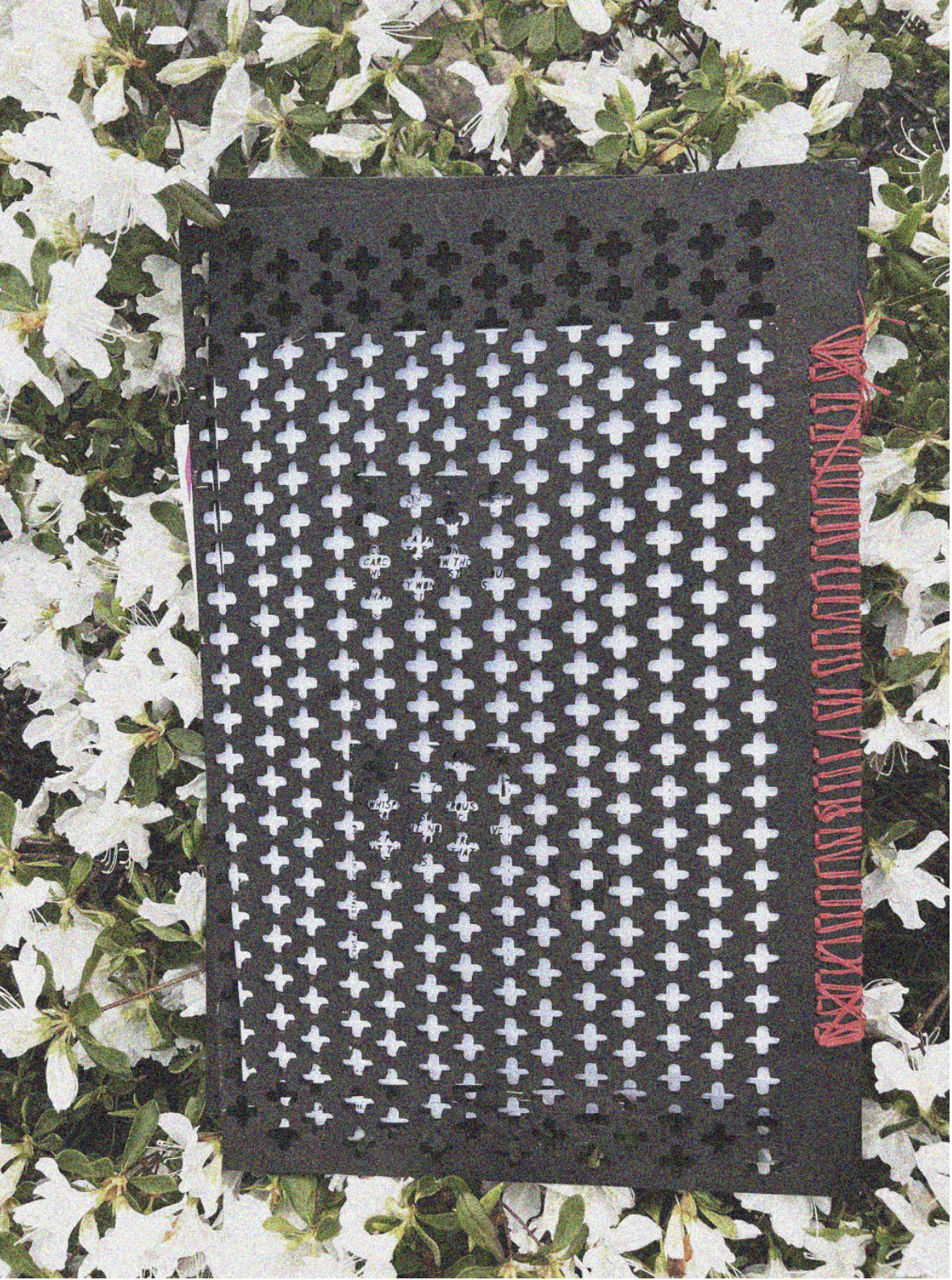
The Nexus
a catalog of encounters with strangers, the rise of internet culture, and a glimpse into the religious history of confession.
Book Design
Alternative Publication
Experiential Design
“The Nexus of The Strange, The Intimate, and The Web” was born from late nights on Omegle connecting with 40-year-old men as an isolated 12-year-old in the middle of Tennessee. Emotional intimacy is complicated. The boundaries separating public versus private have become even more blurred since the rise of social media. “The Nexus of The Strange, The Intimate, and The Web” serves as a tool for readers to question intimacy, its invasive nature, and to who we reserve our most intimate moments.
Throughout this project, there was heavy research into internet forums, religion, the concept of confession, and how we exist as strangers in the world.
Flip Through︎︎︎

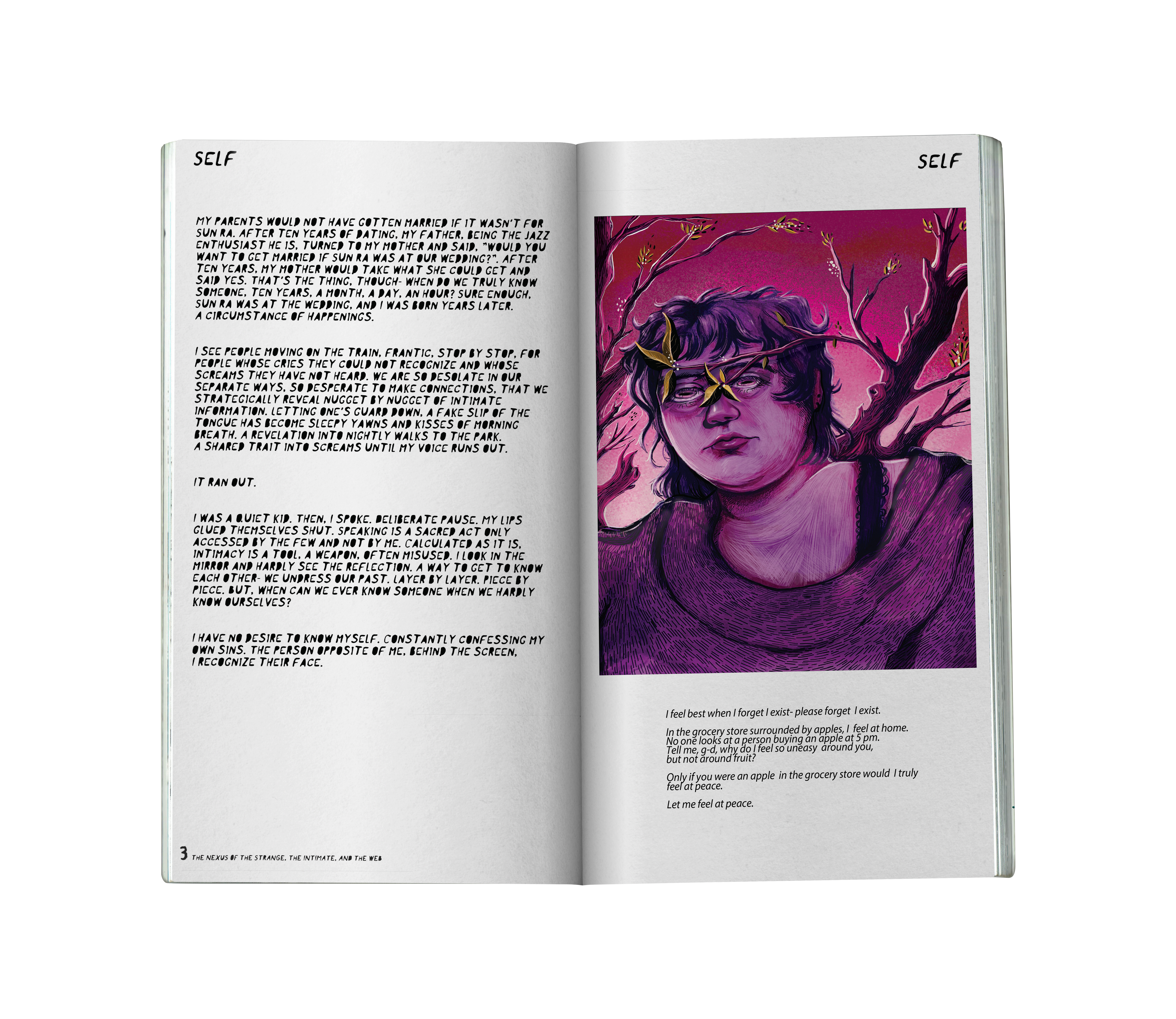
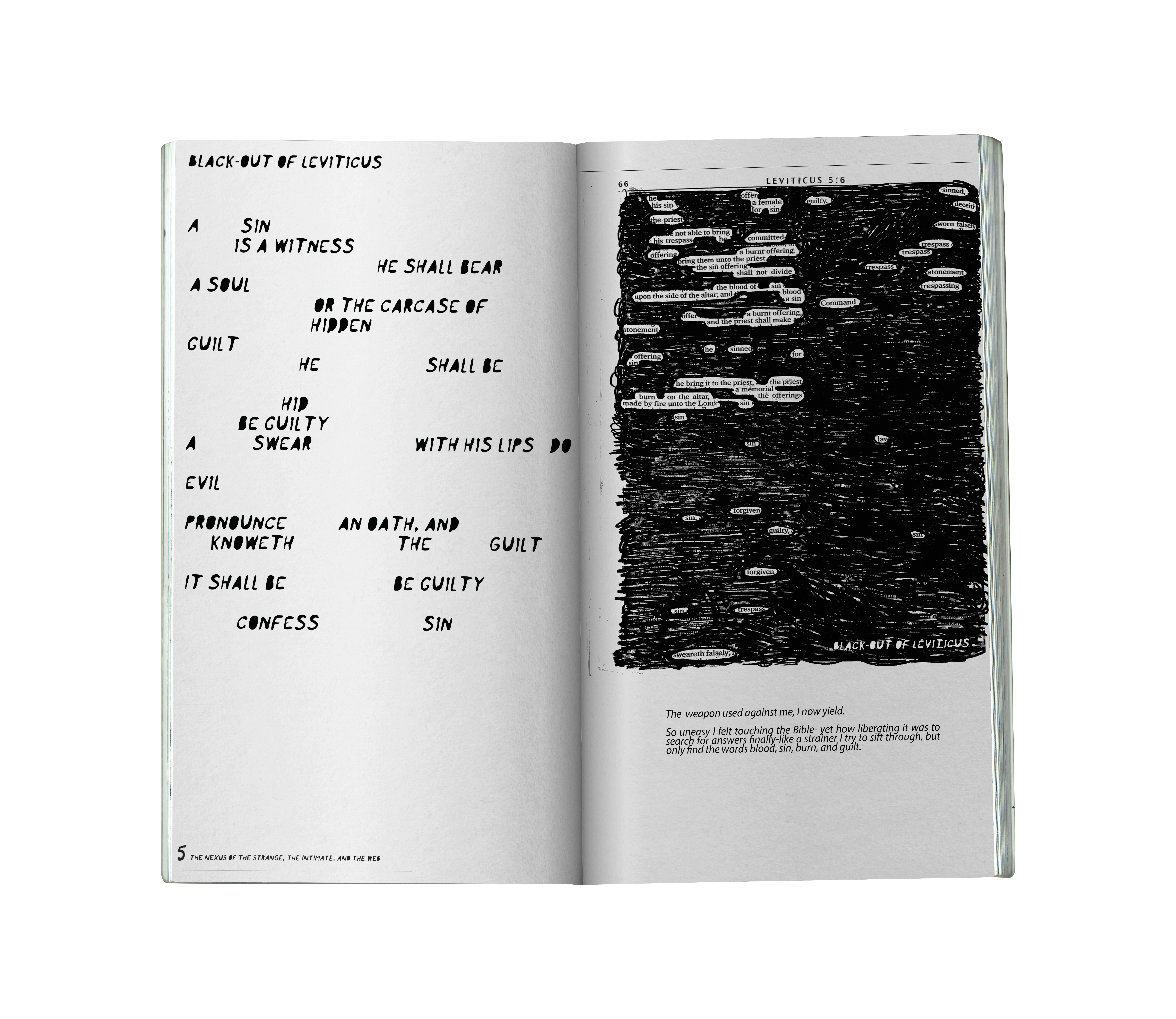


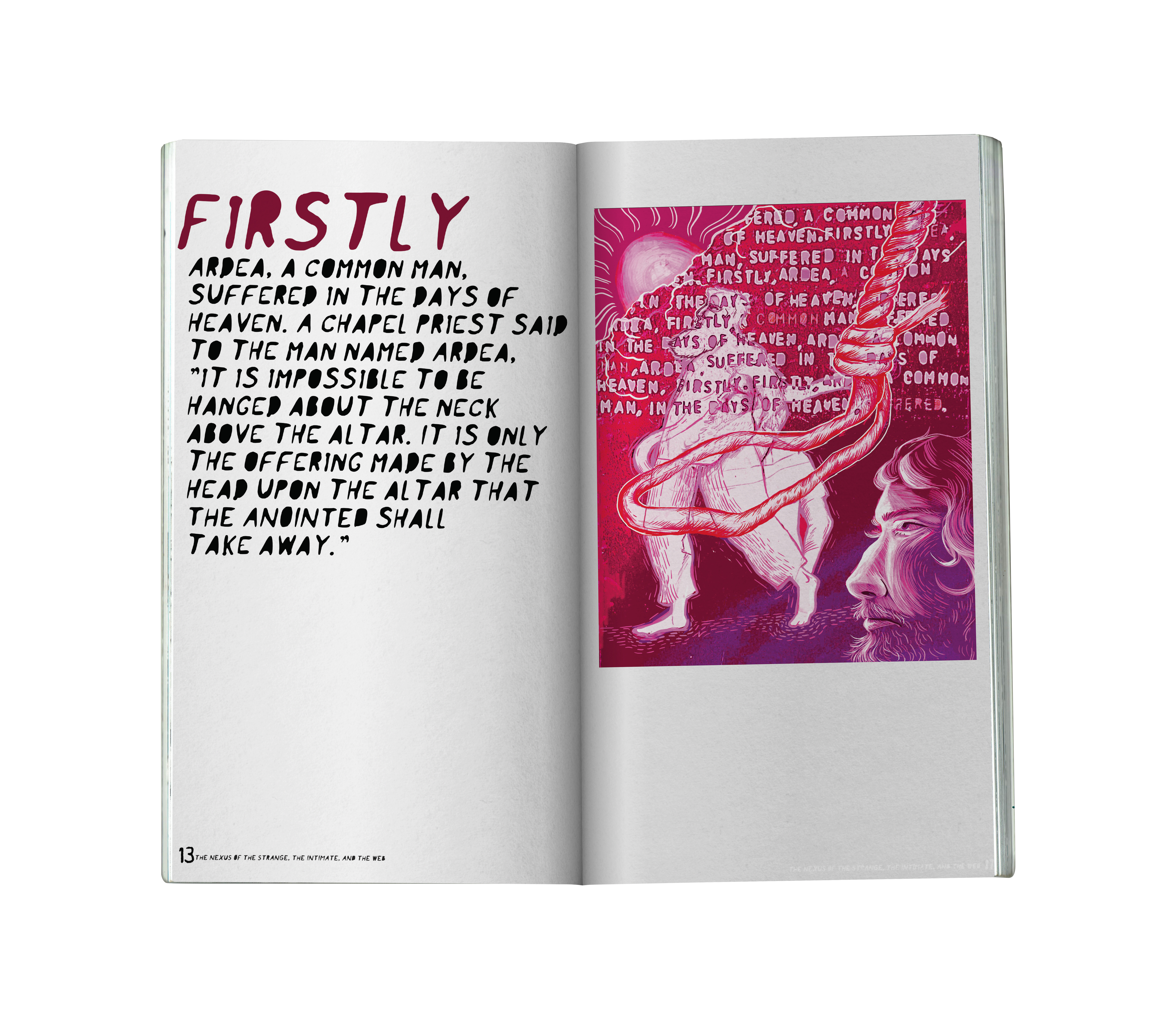
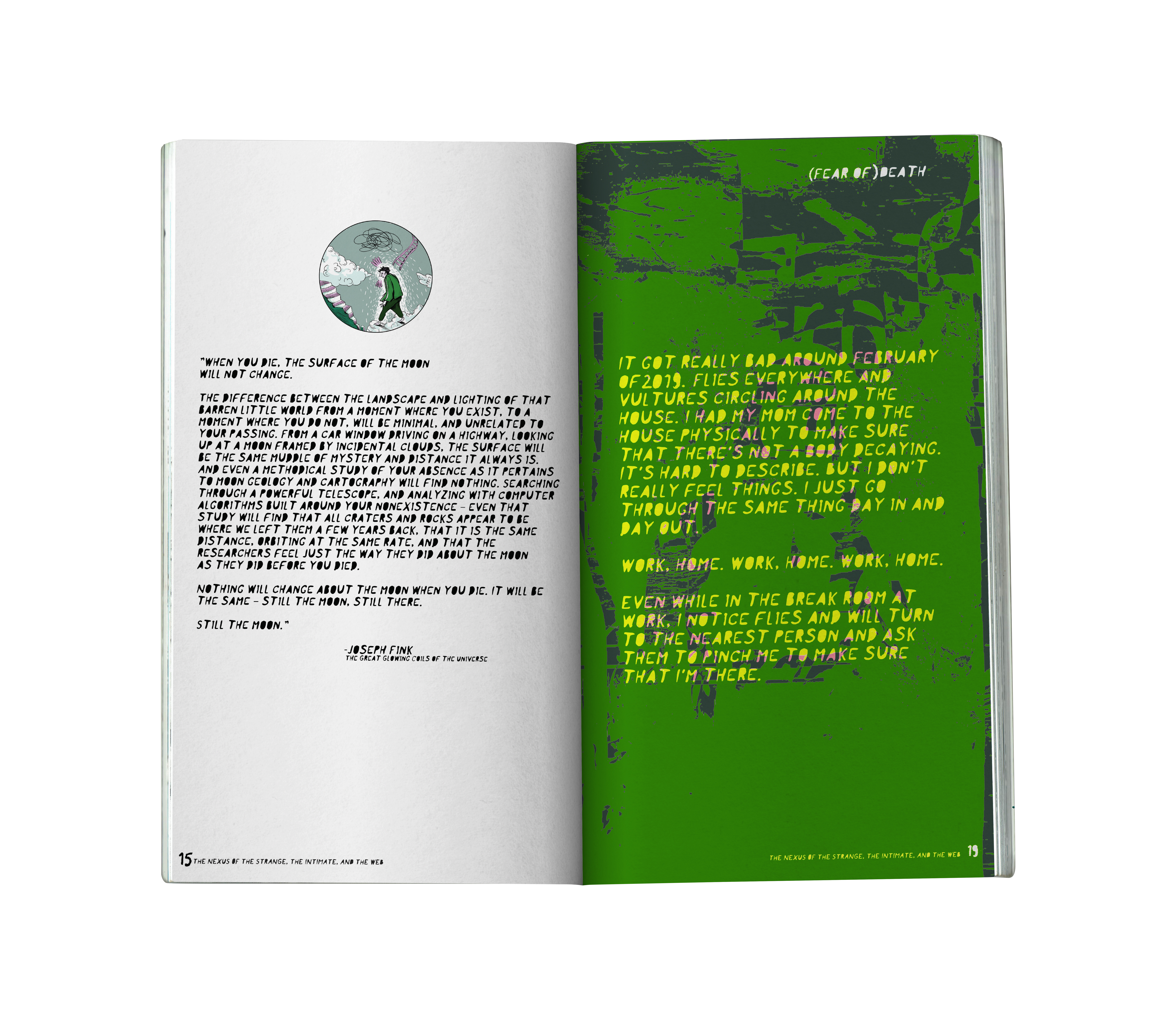
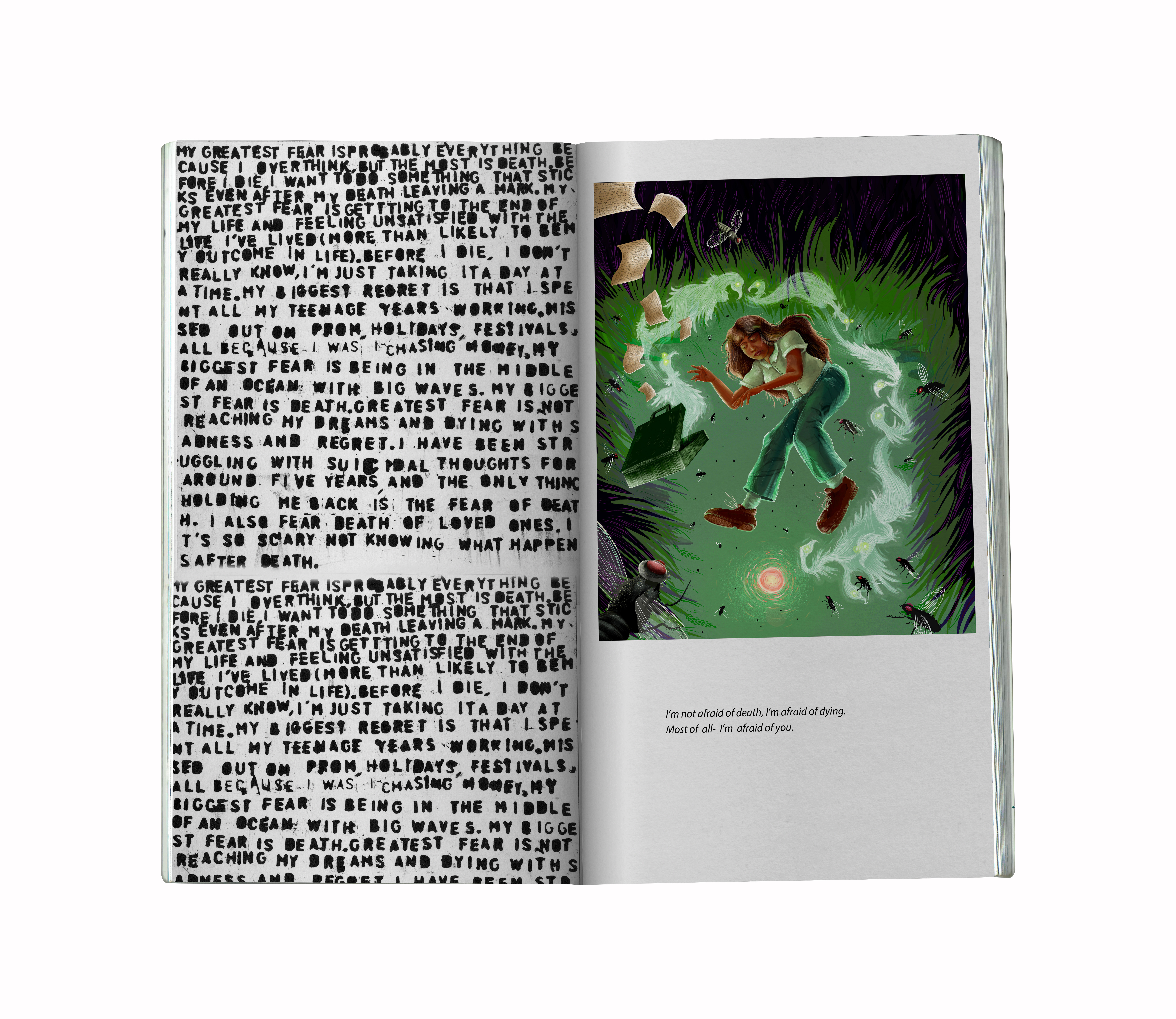

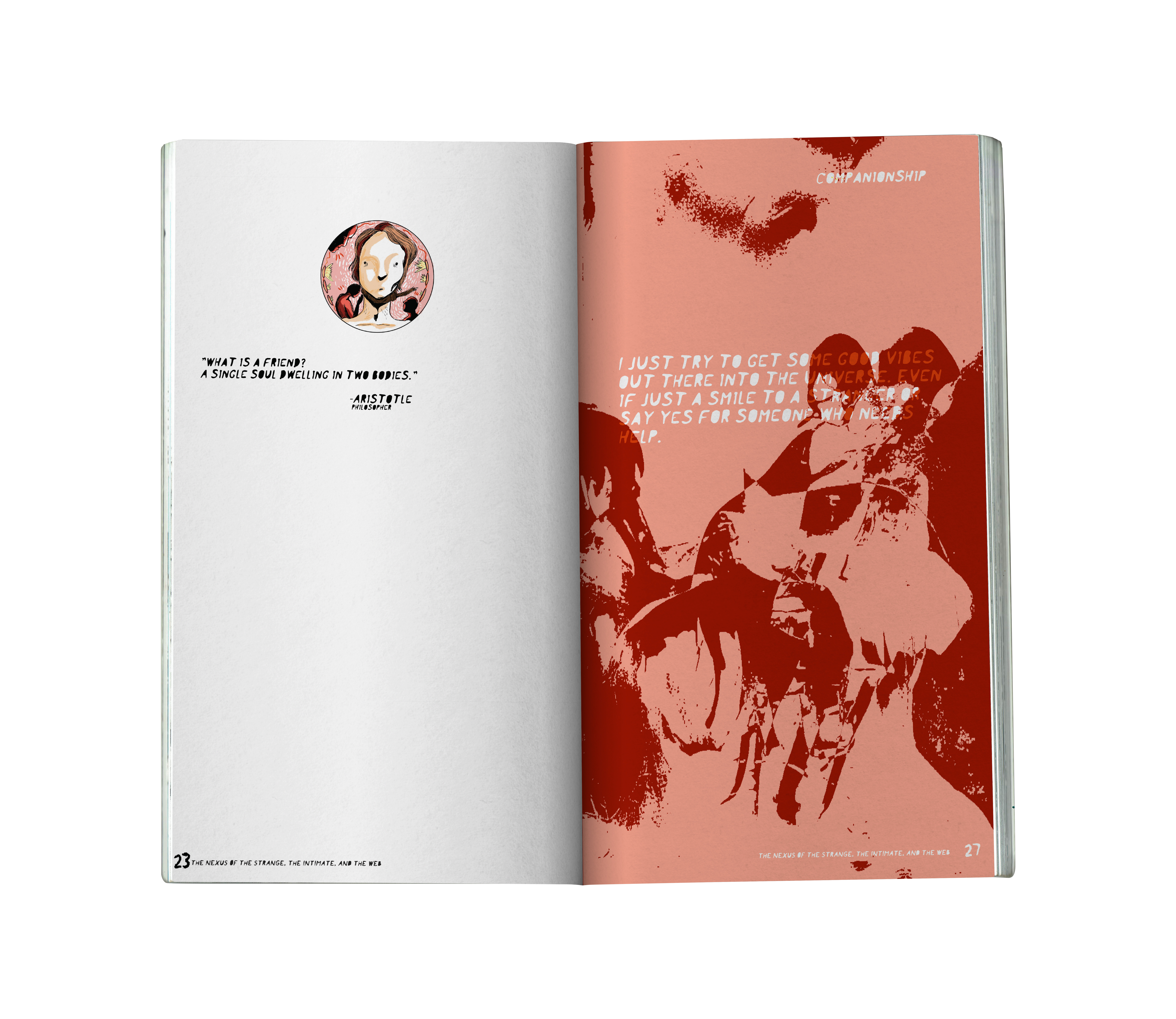
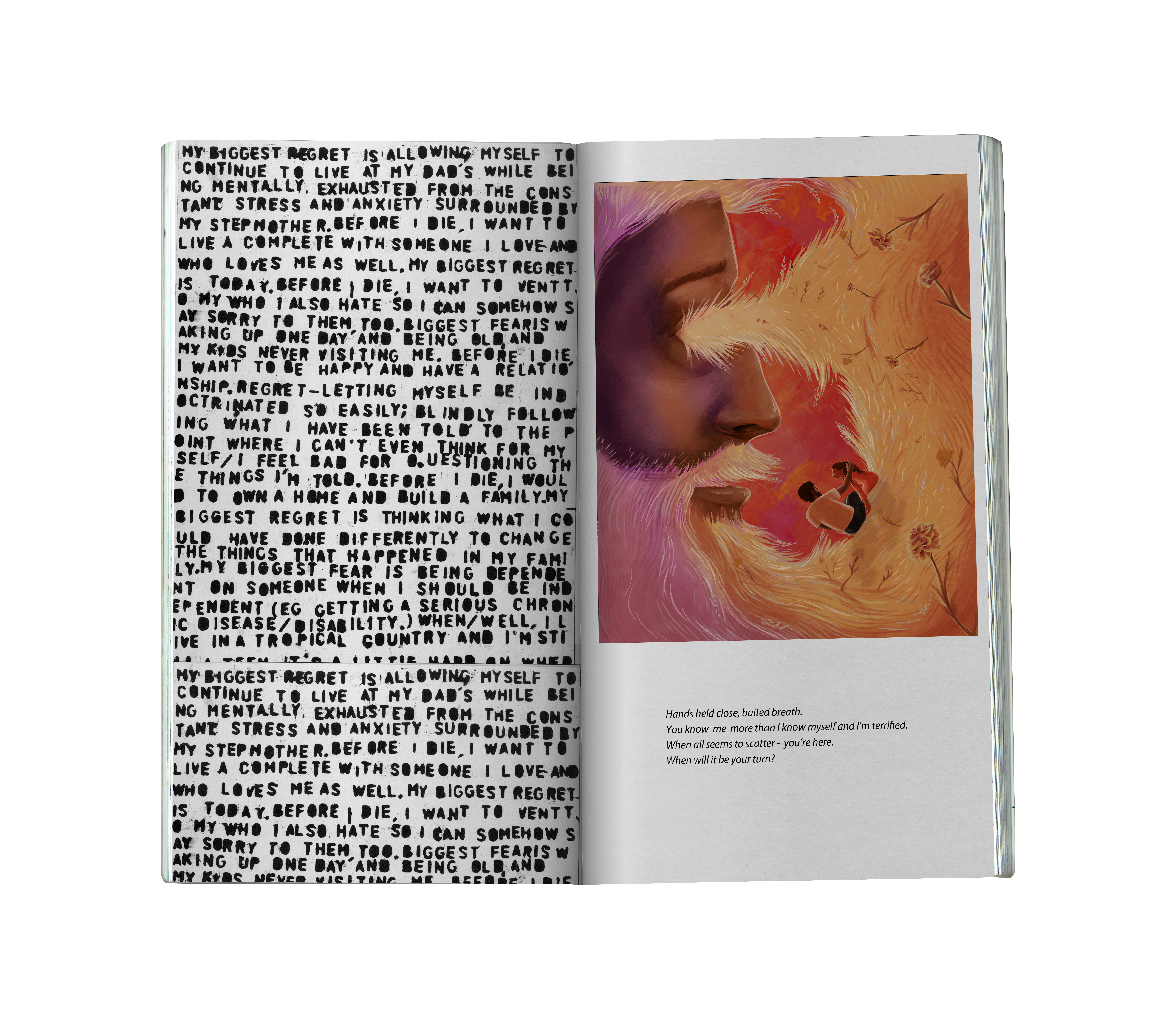
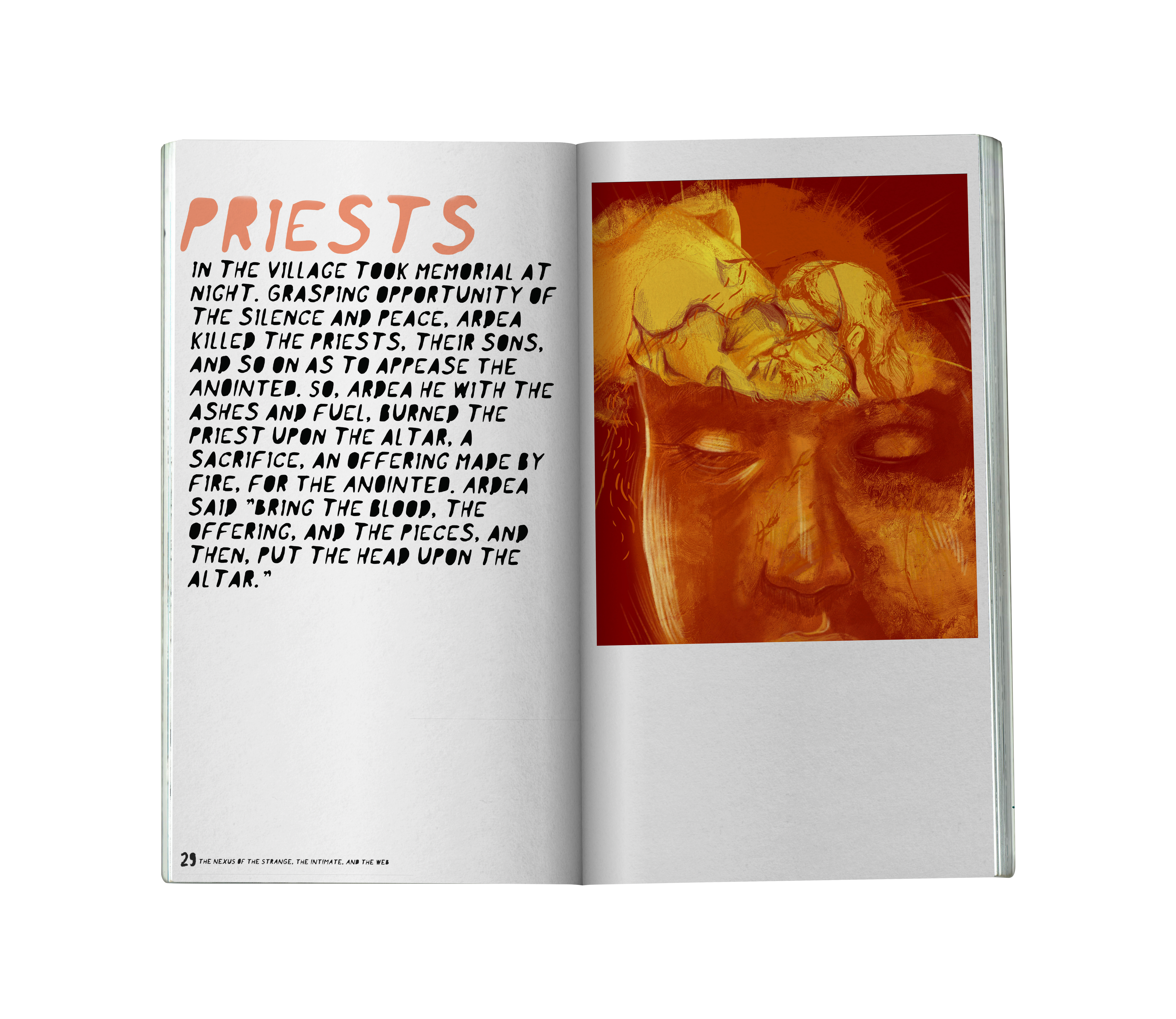
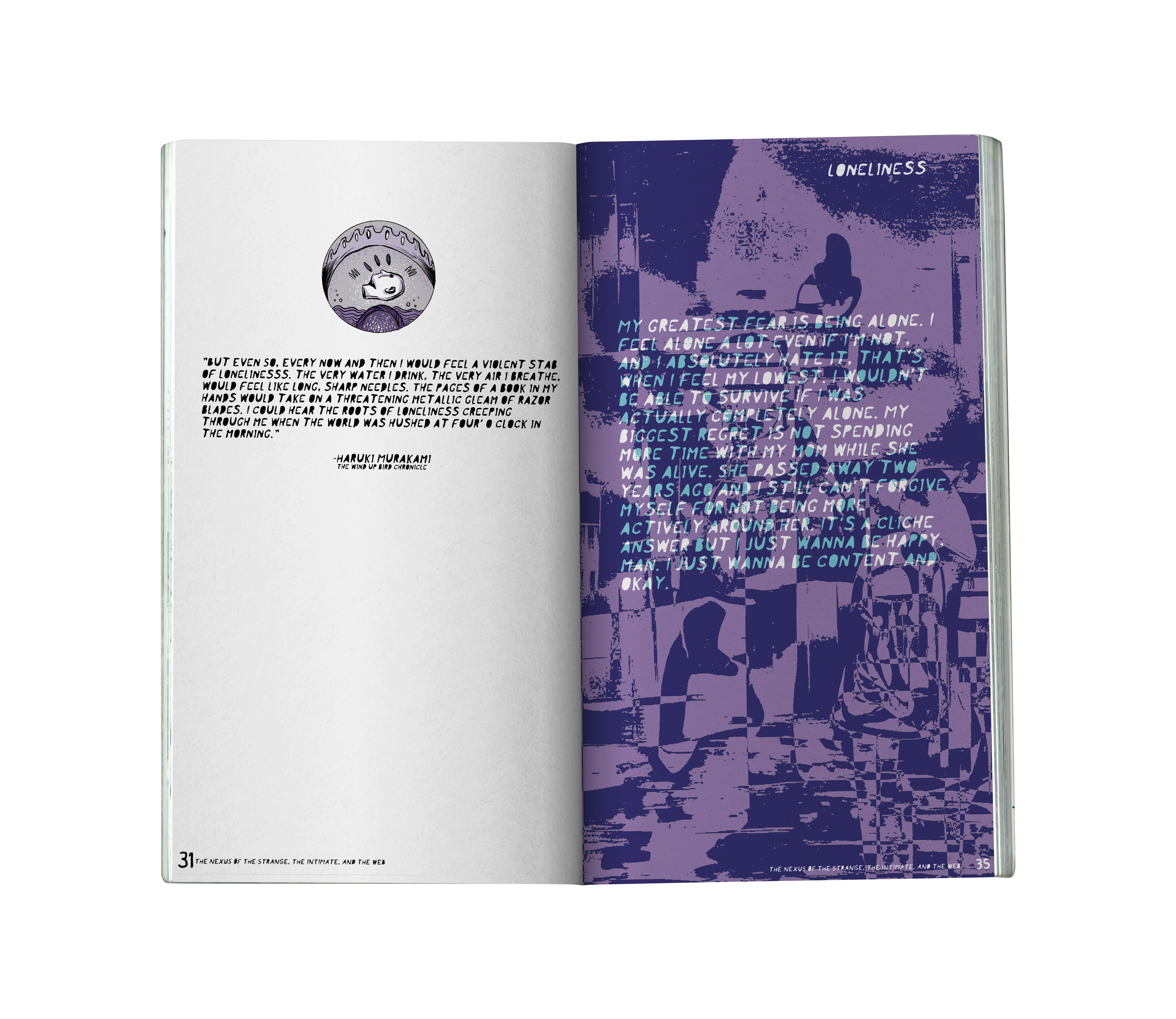
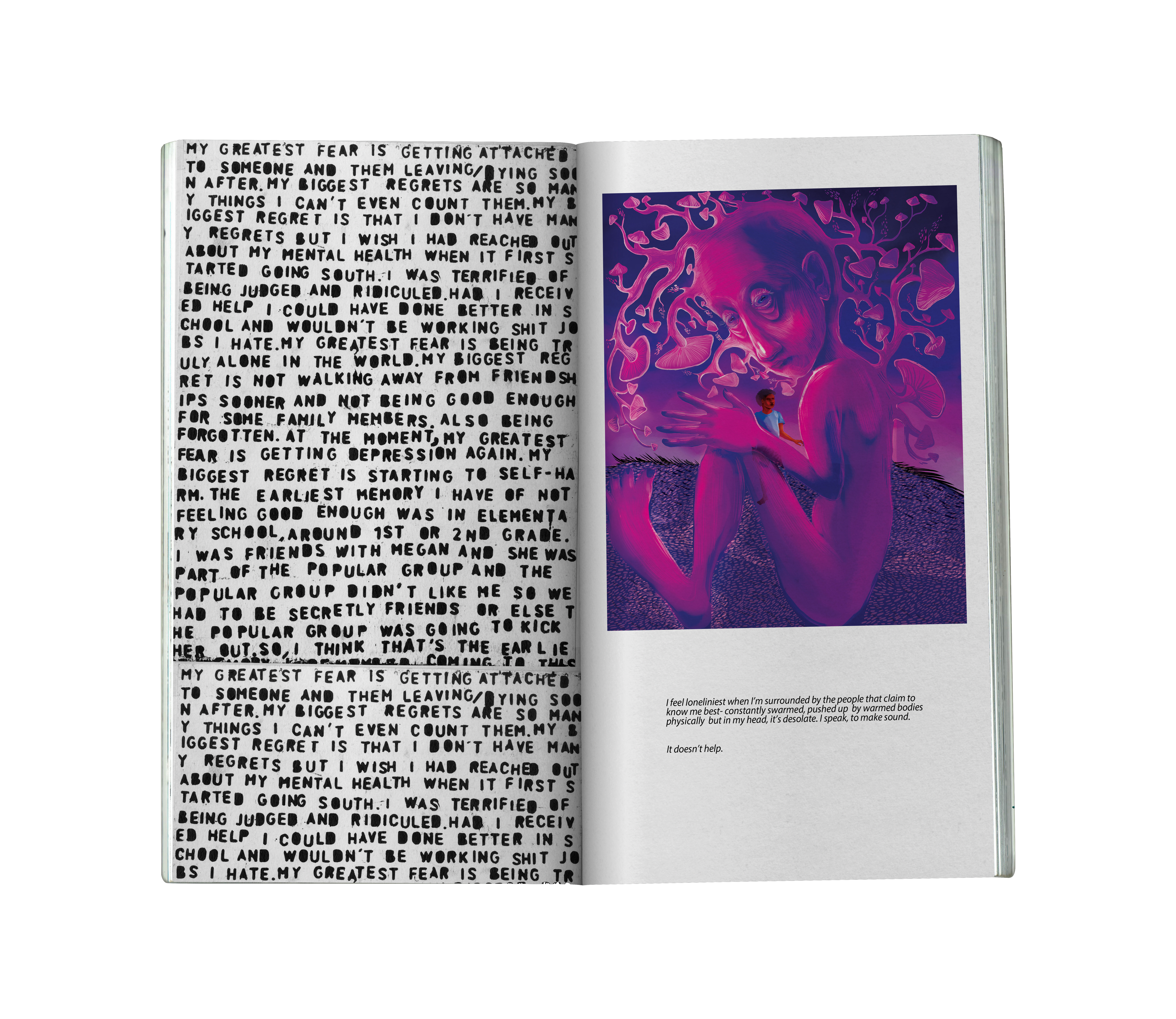
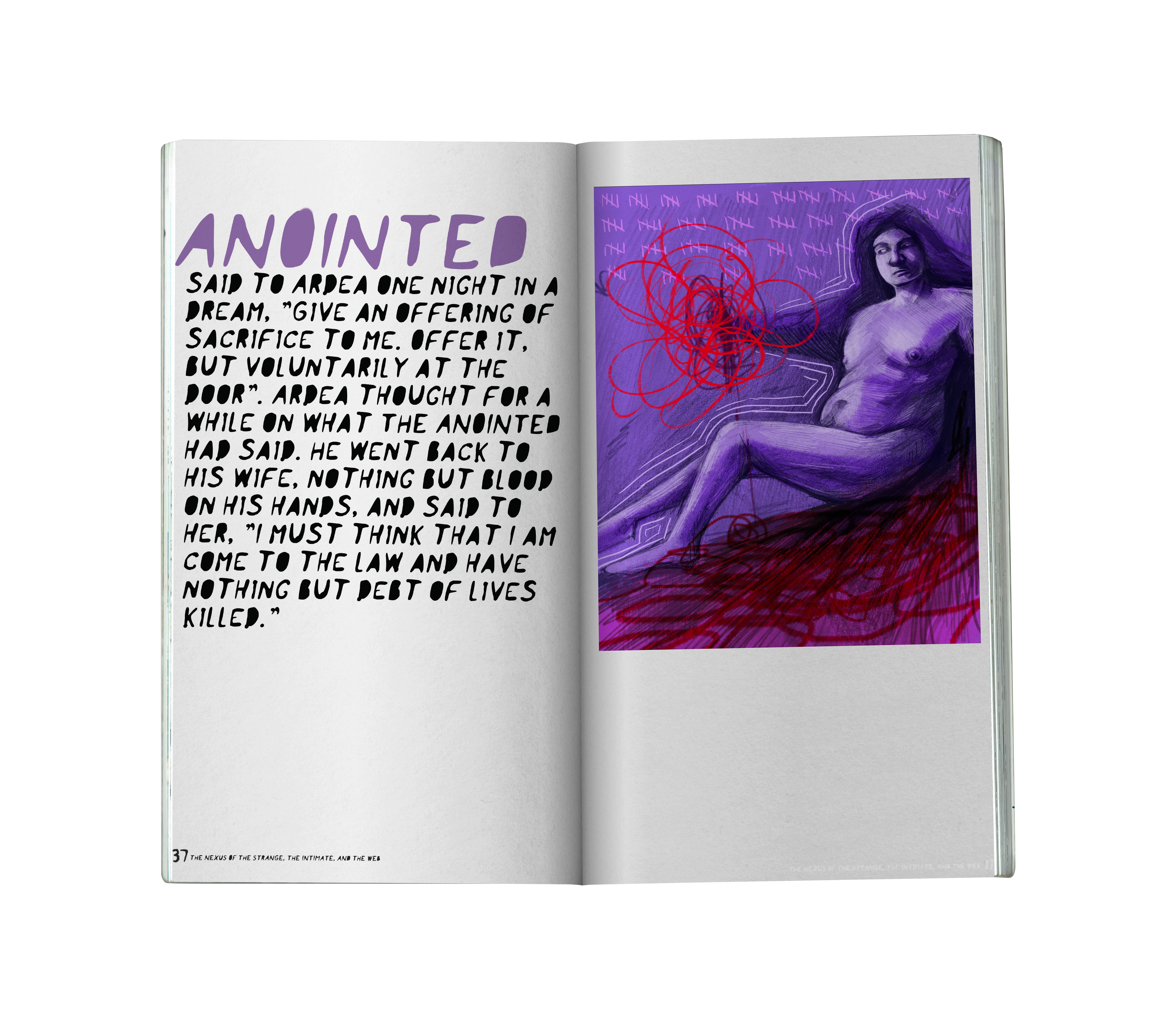
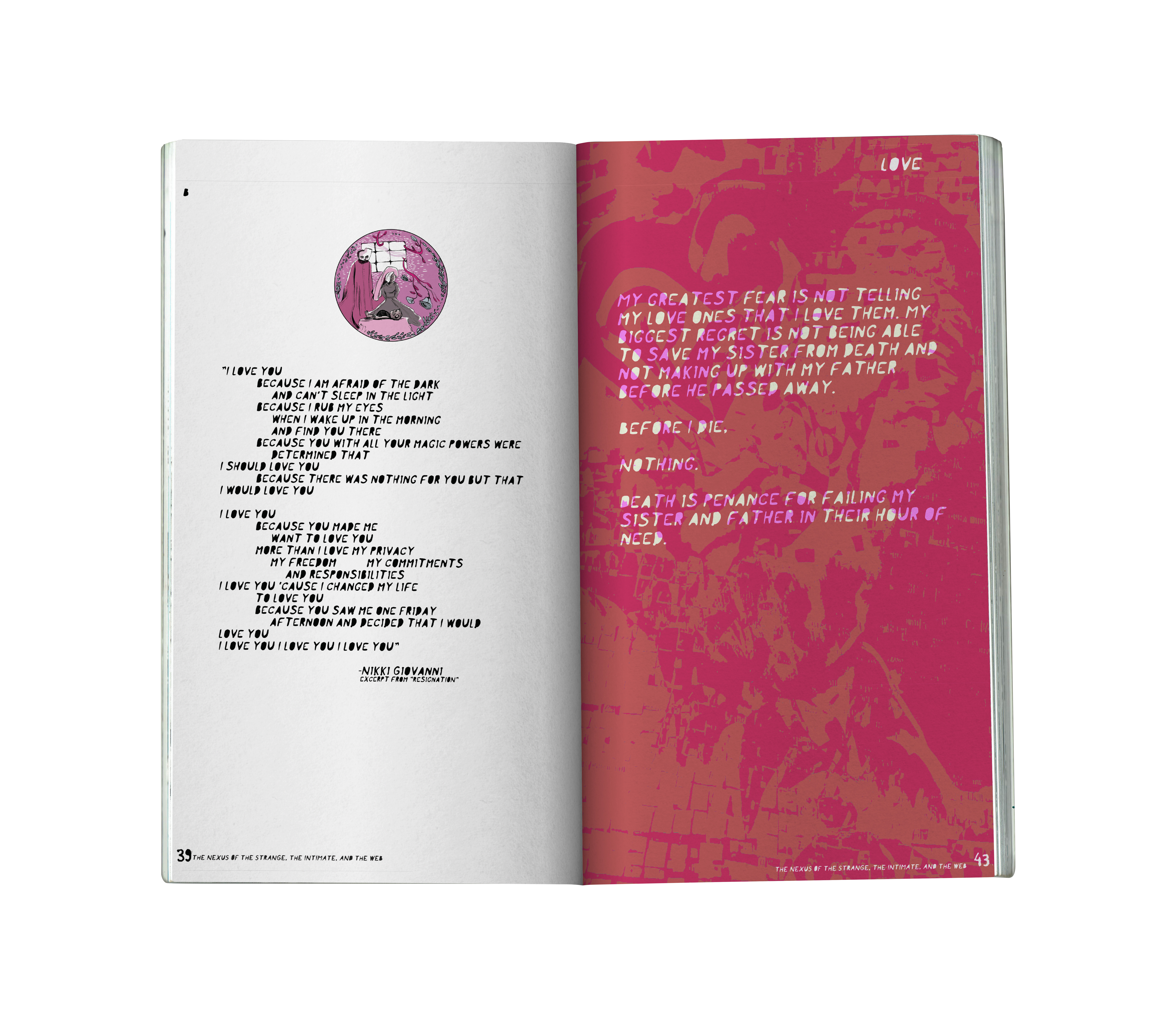

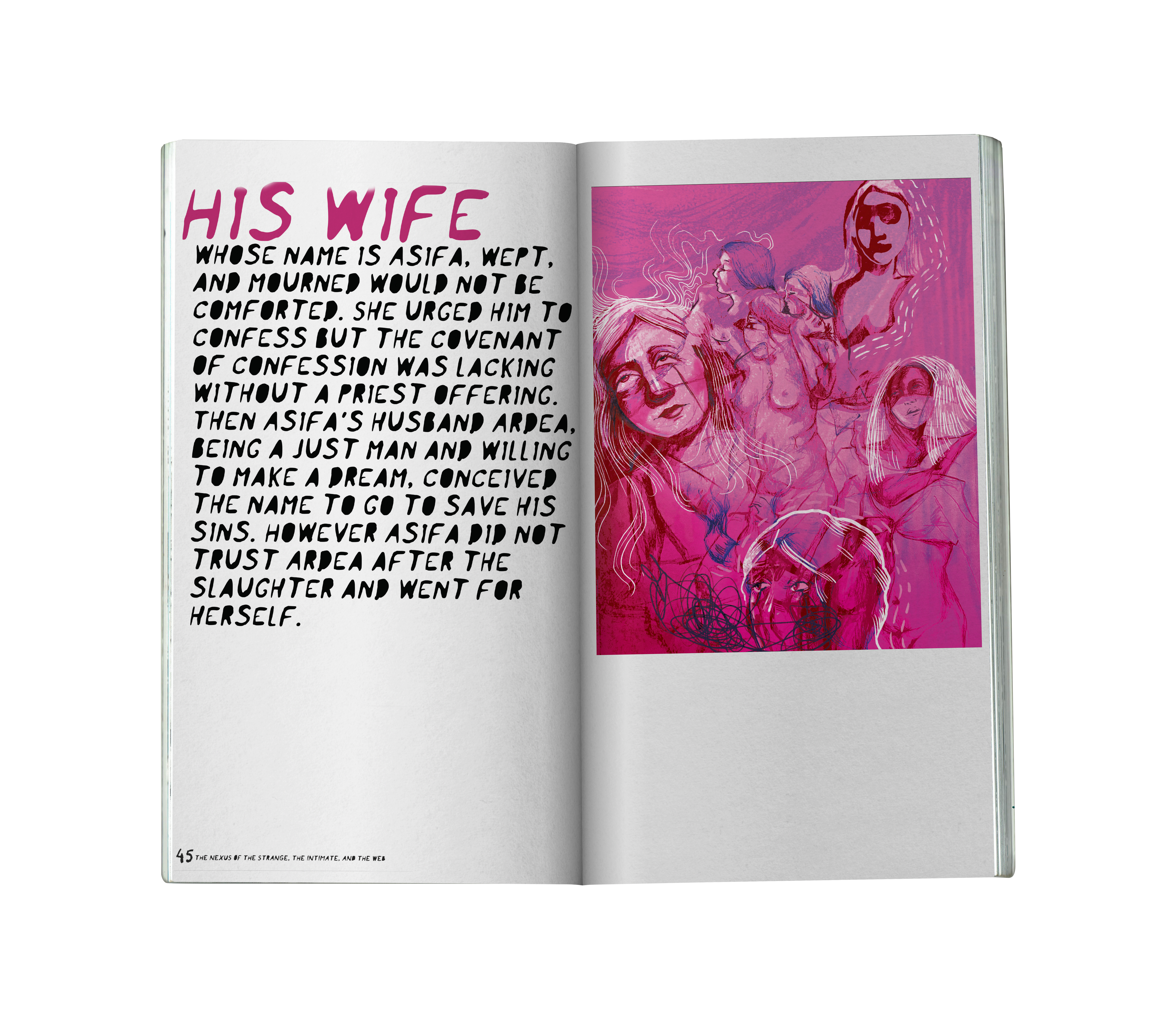
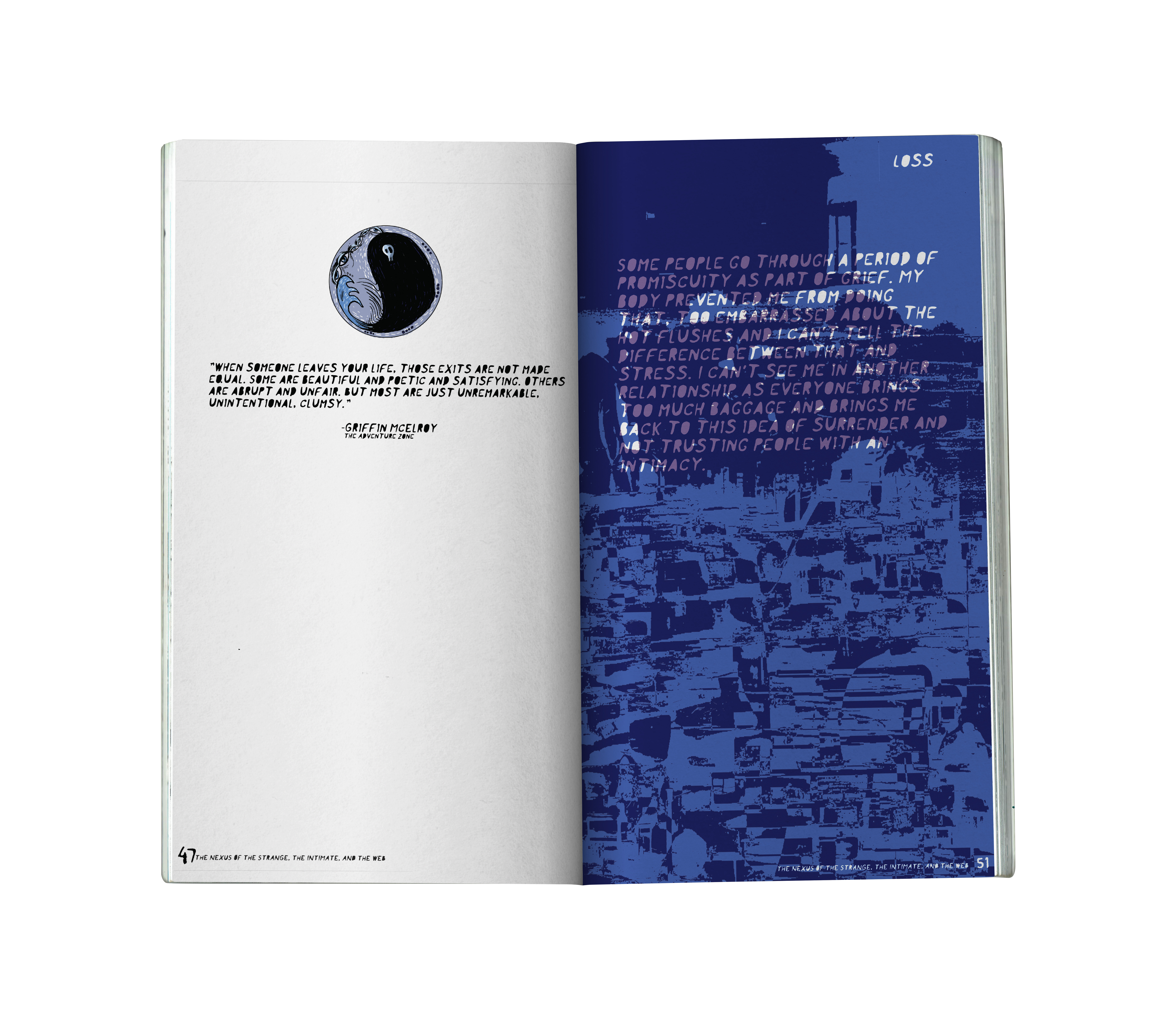
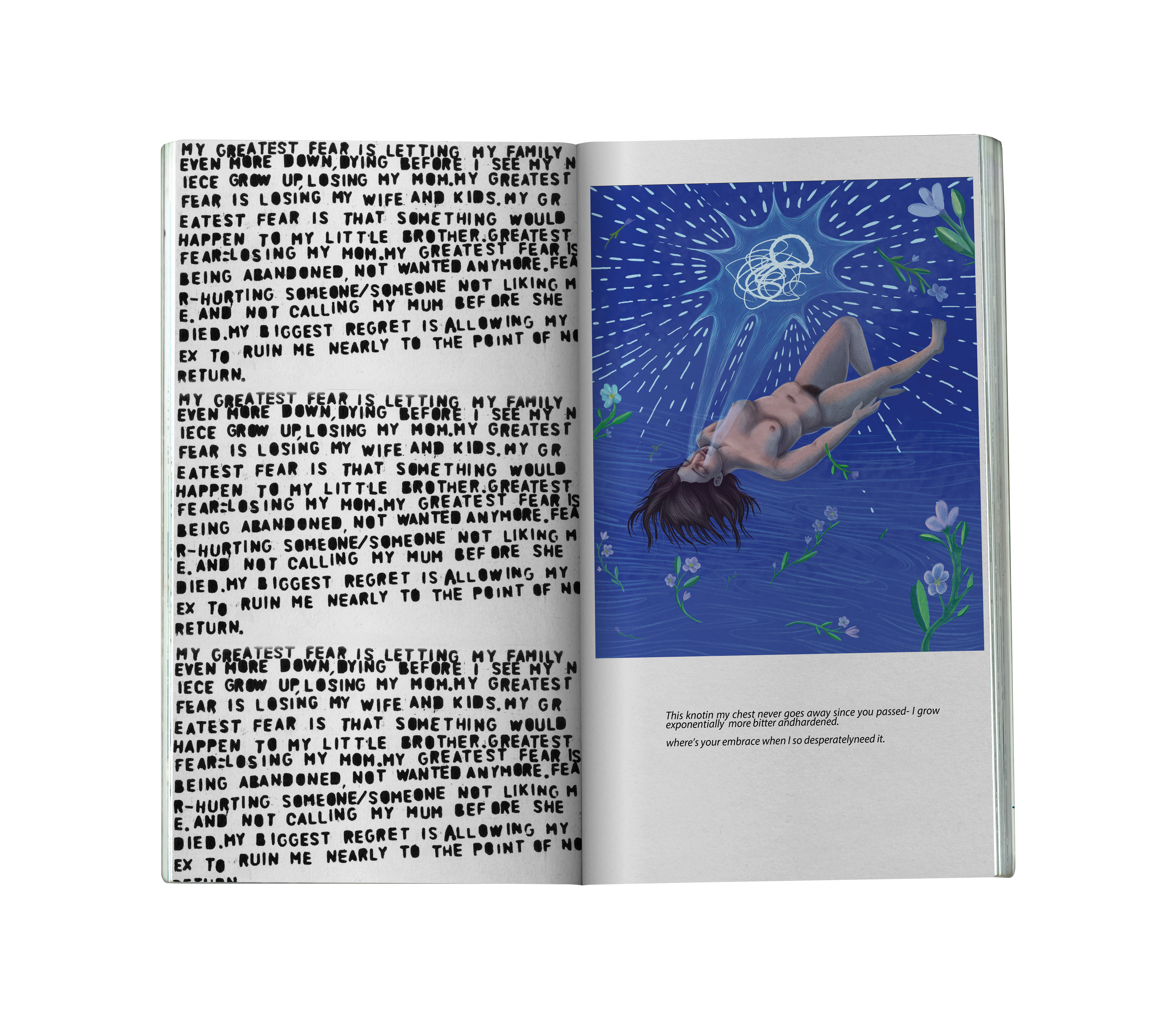
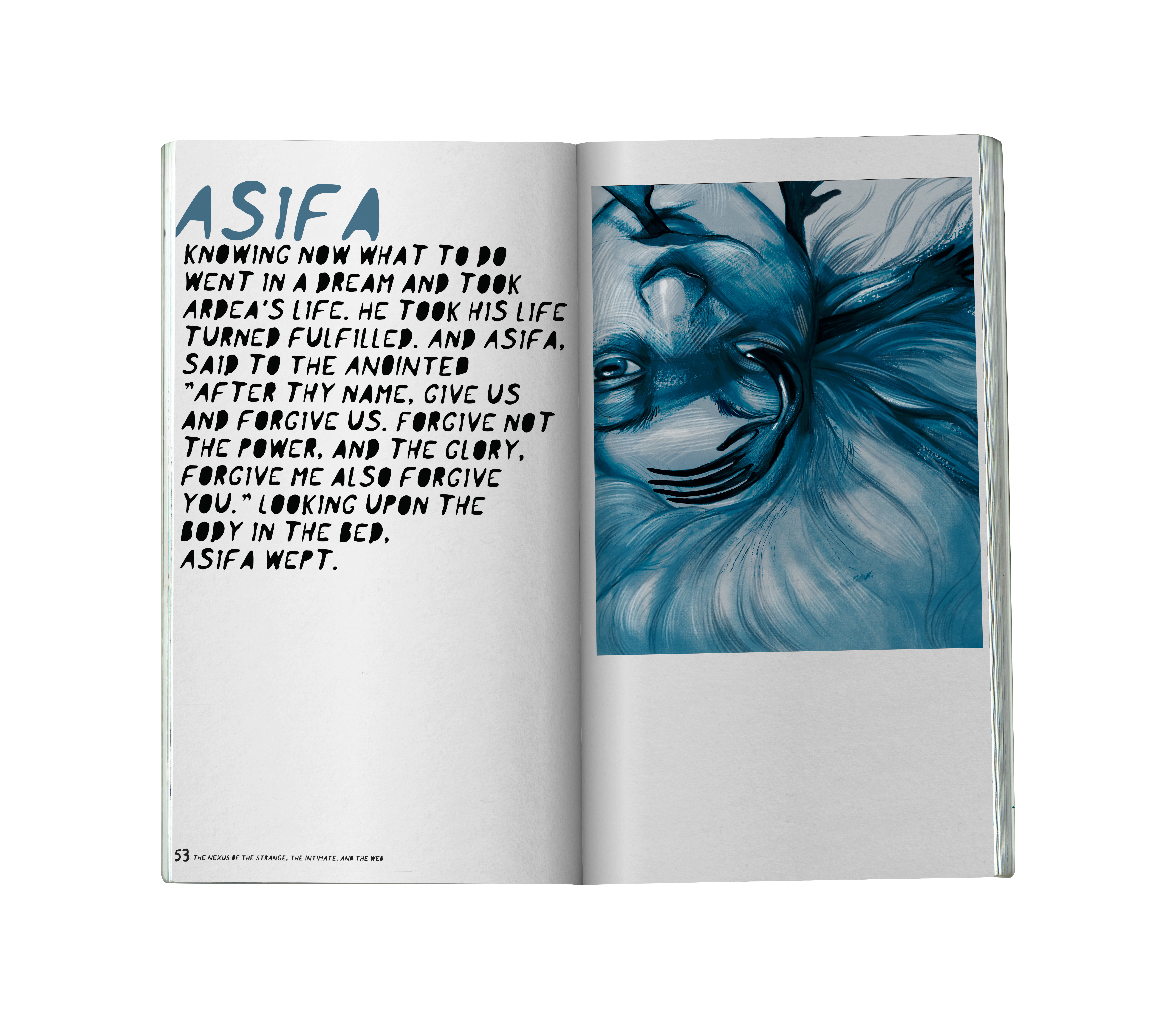

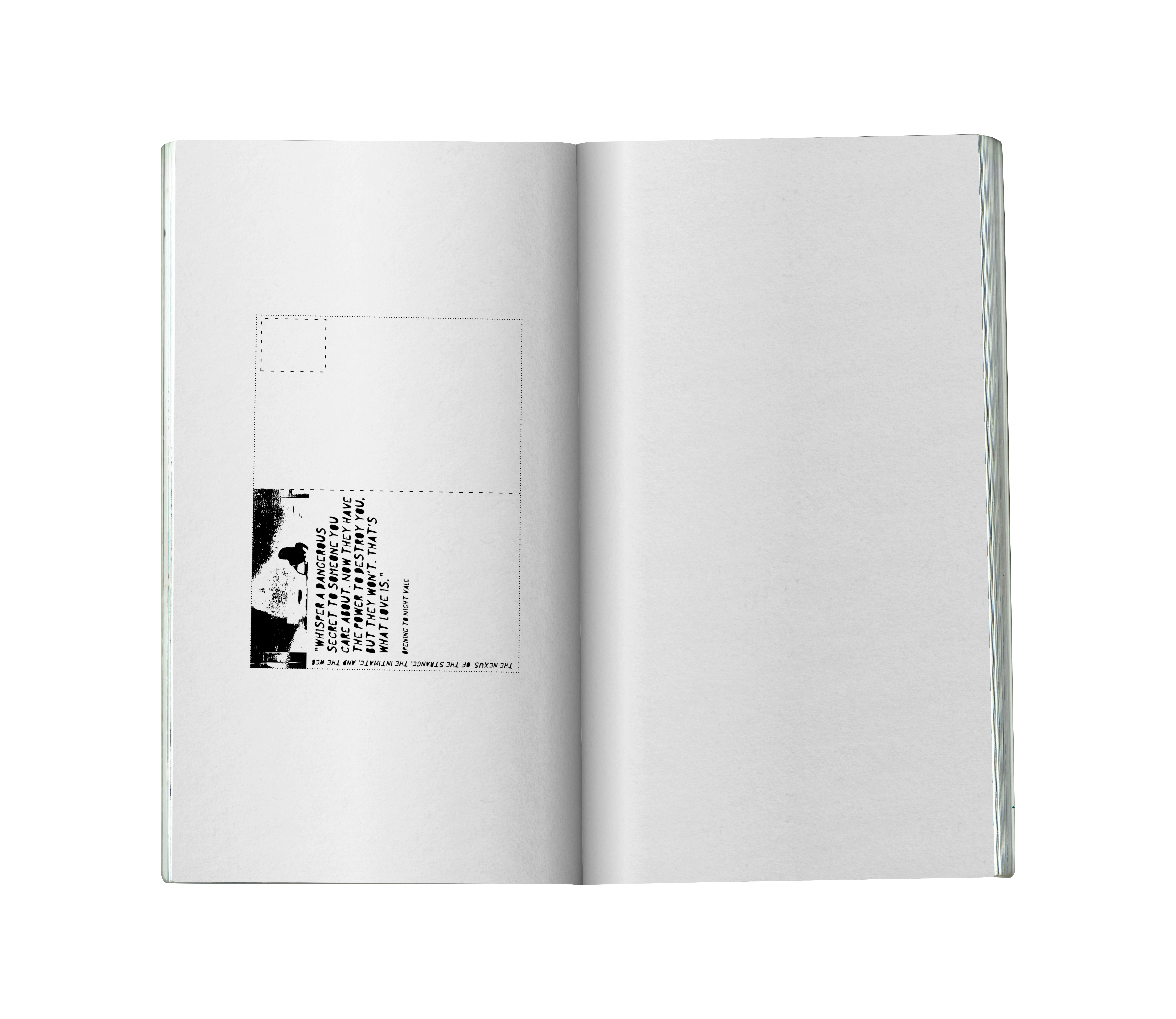
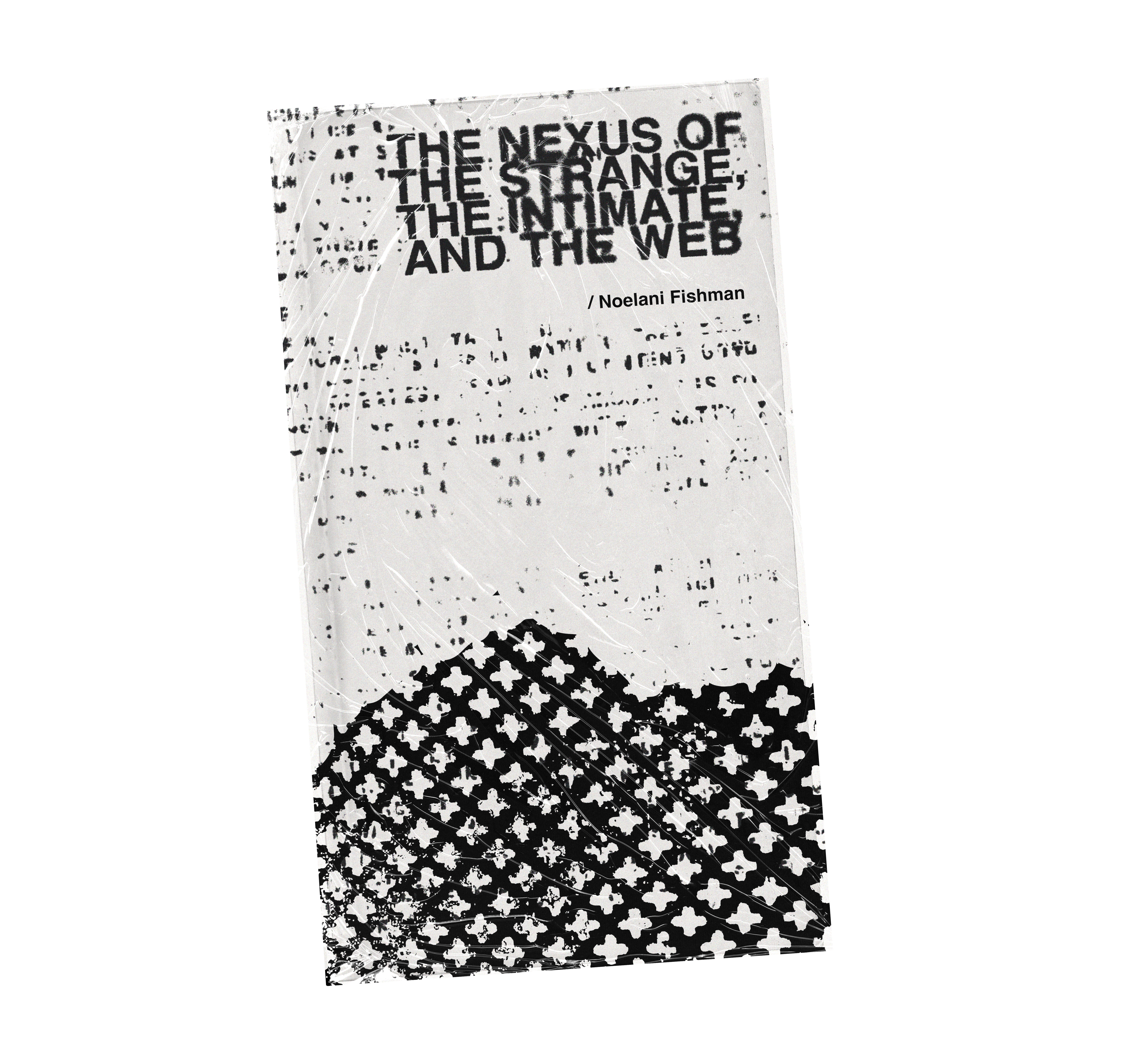
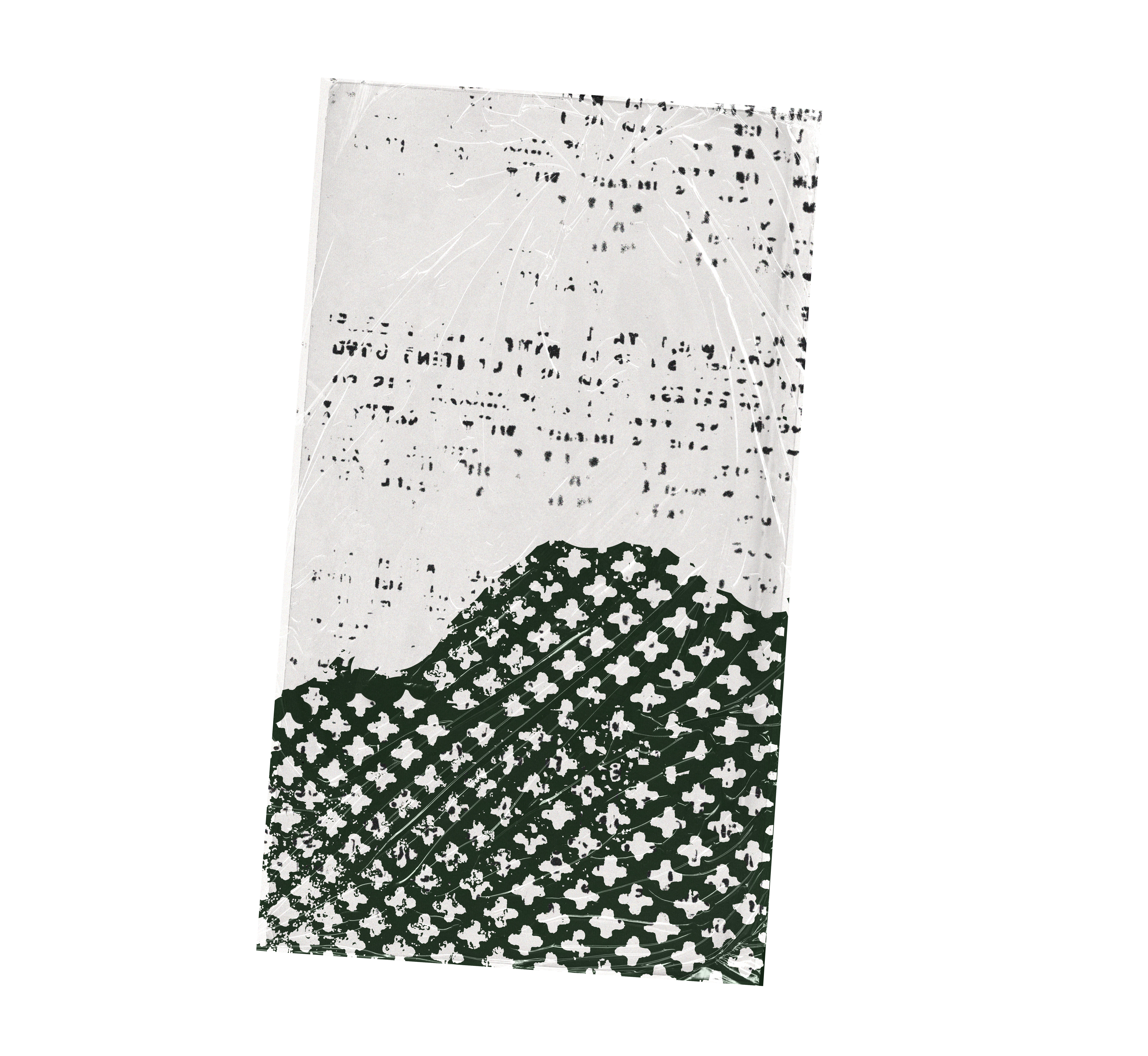
Selected Spreads︎︎︎




Concept Development ︎︎︎
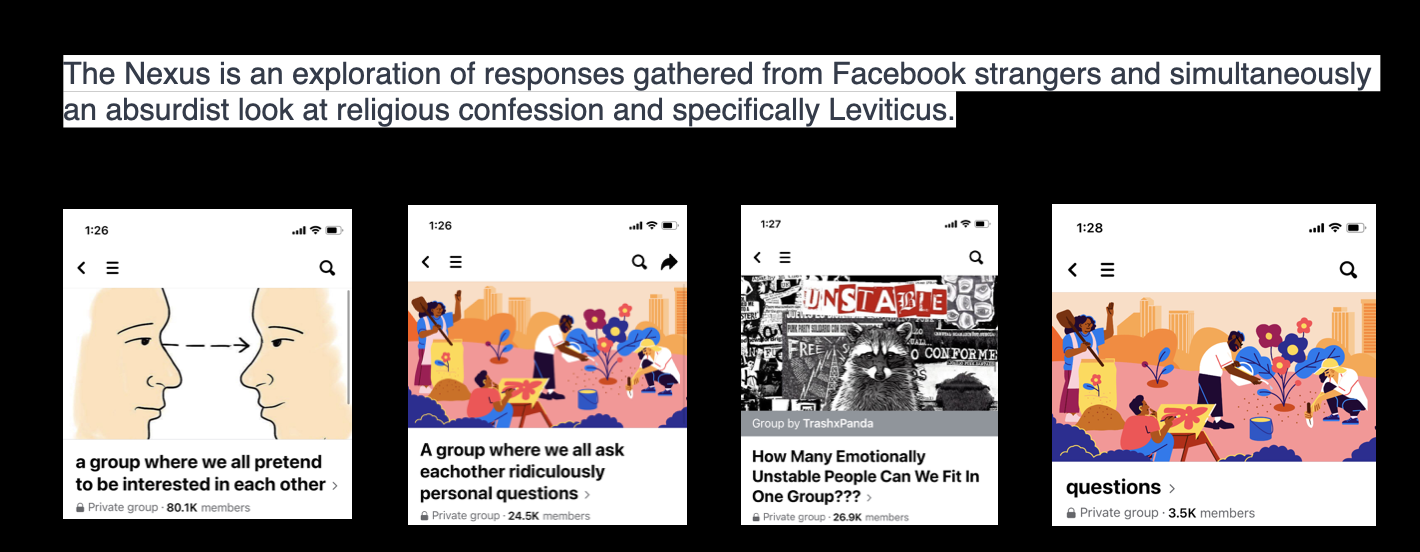


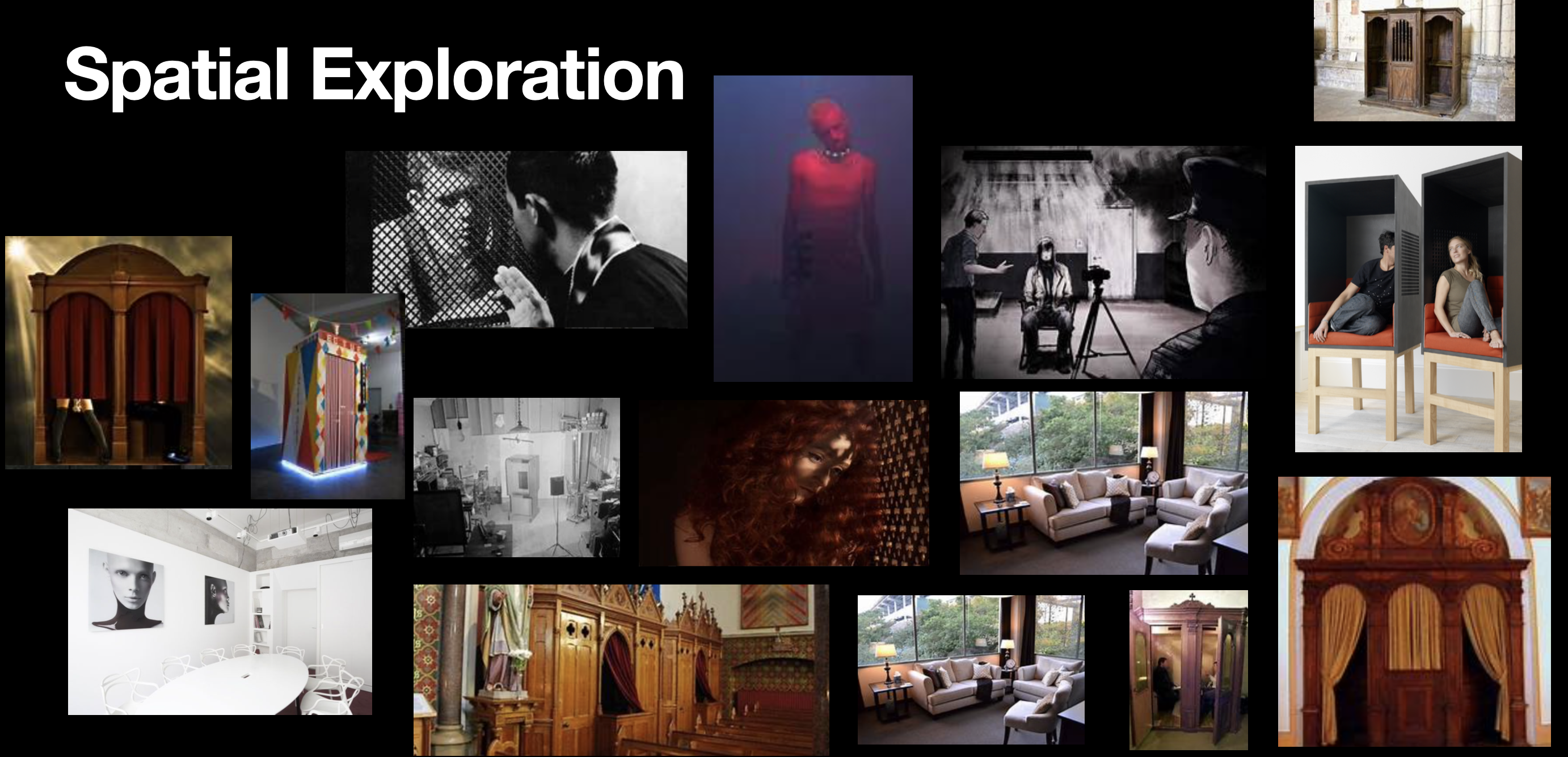

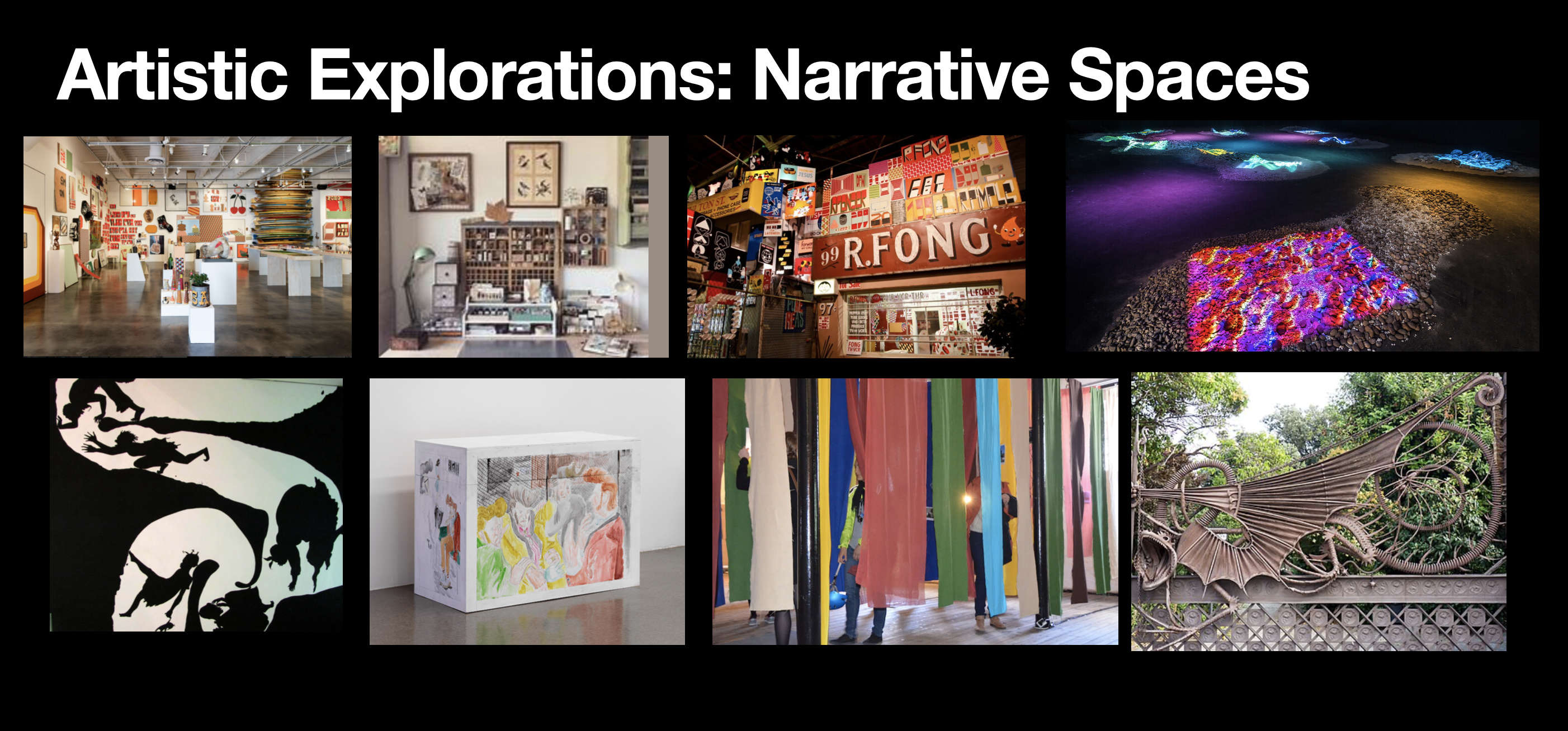
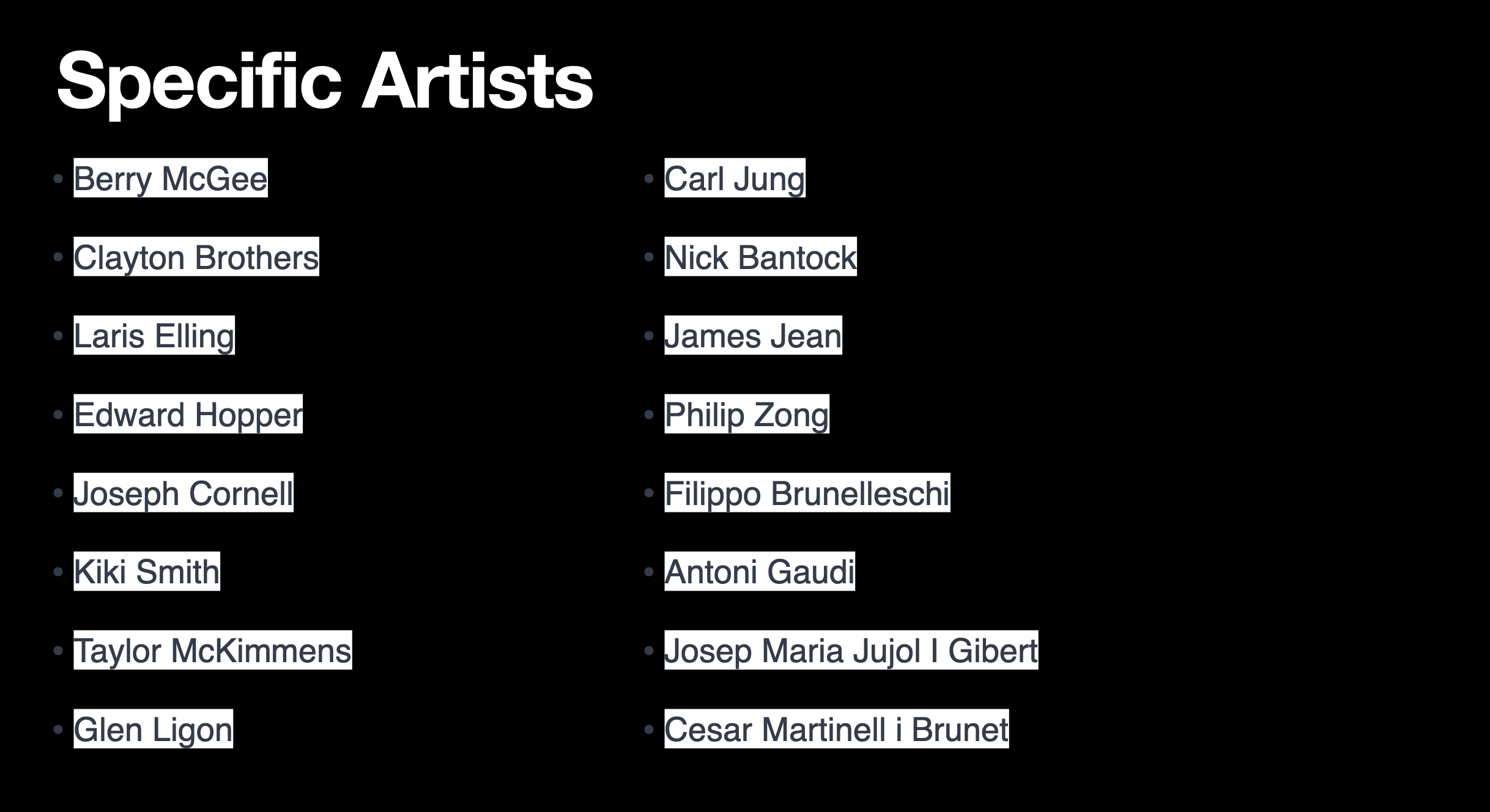
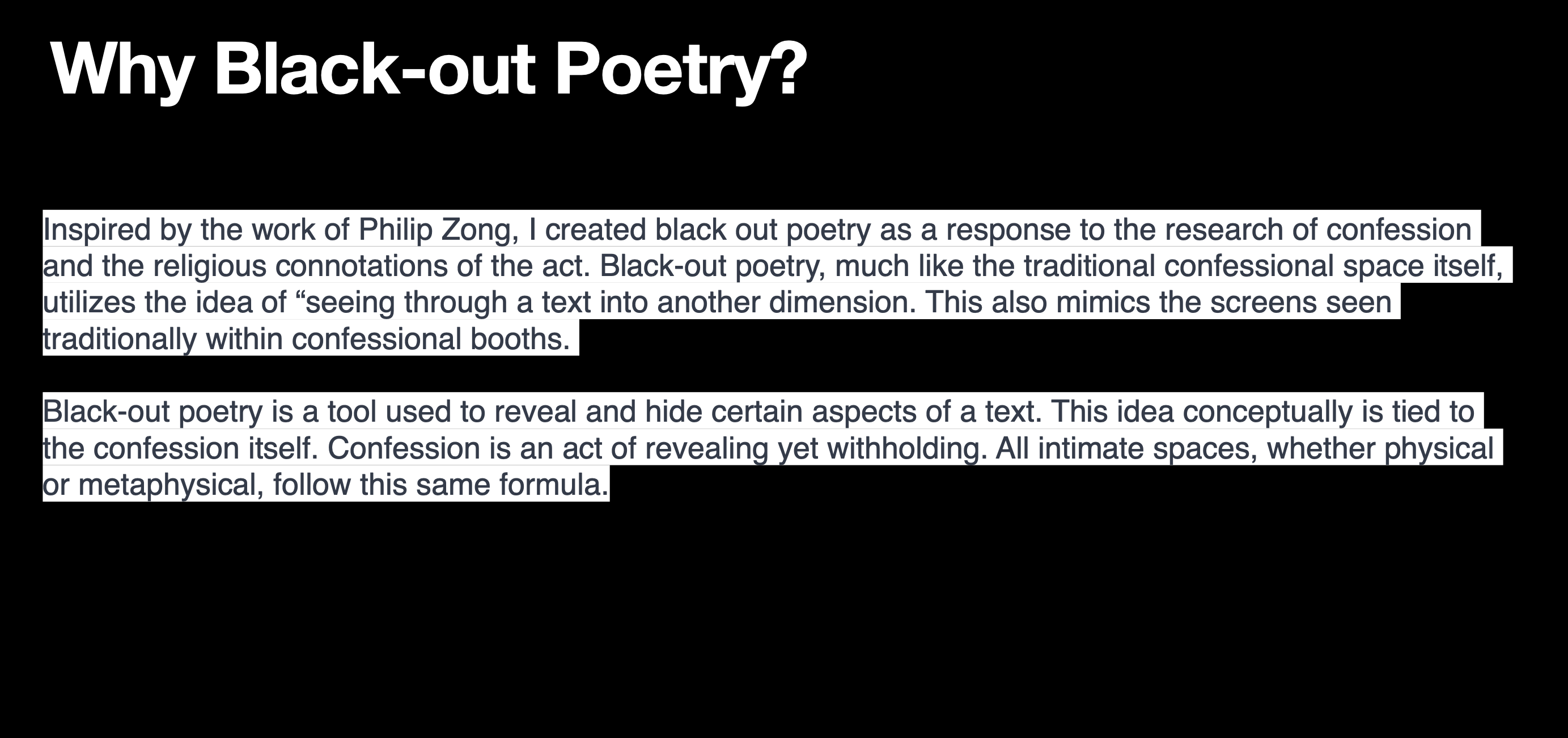
“The Nexus” is divided into two explorations- a categorization of encounters with strangers on Facebook groups and a deconstruction of the sacrament of penance. Across five Facebook groups embracing intimacy and the conceptual “stranger”, three invasive questions were asked: “What is your biggest fear?”, “What is your biggest regret?”, and “What do you want to do before you die?”. The project took off unexpectedly, receiving over one hundred responses. Responses were categorized into six universal human themes- “Birth, Life”, “(Fear of) Death”, “Companionship”, “Loneliness”, “Love”, and “Loss”. Six responses from each theme were selected and used to derive an illustration.
Six Illustration Responses to From Facebook Responses︎︎︎
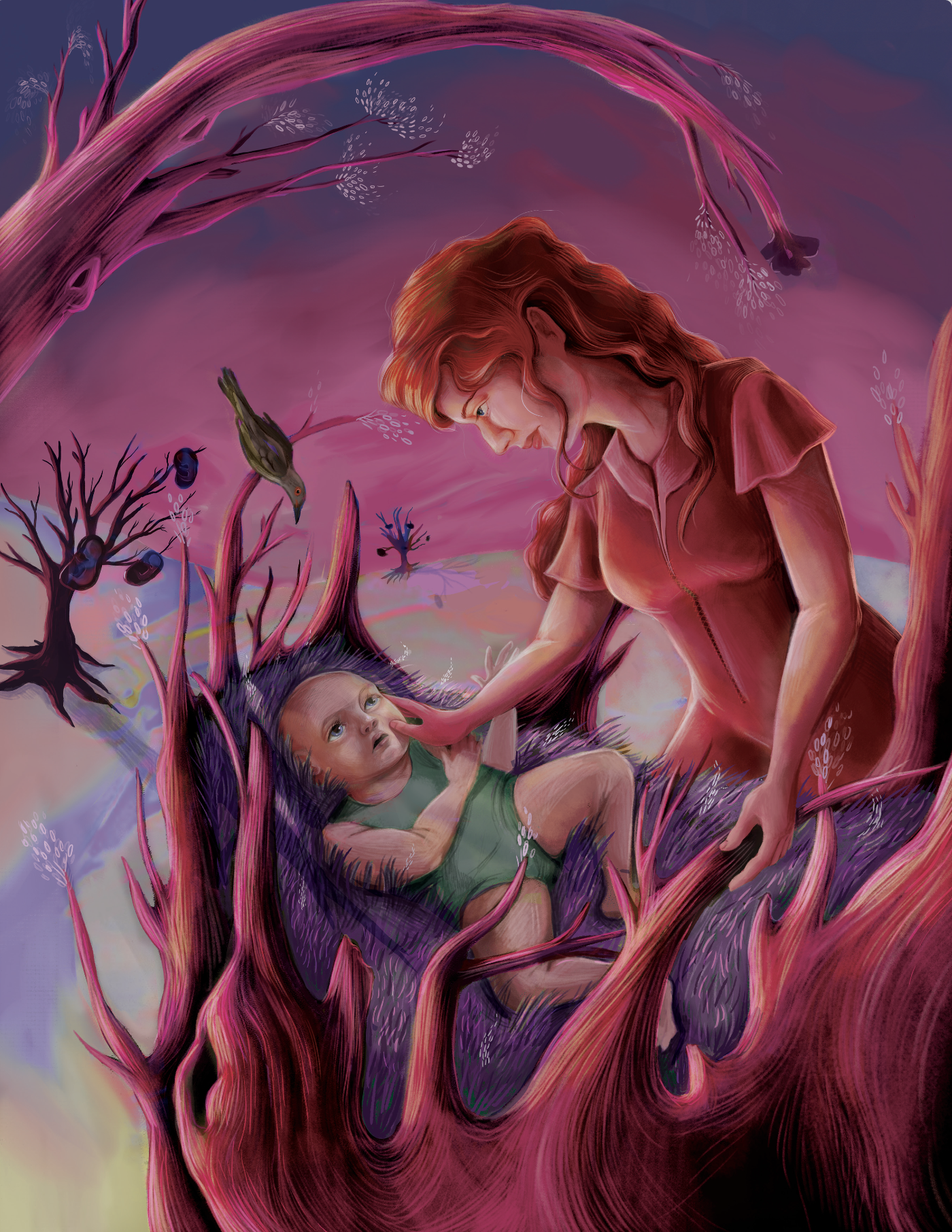
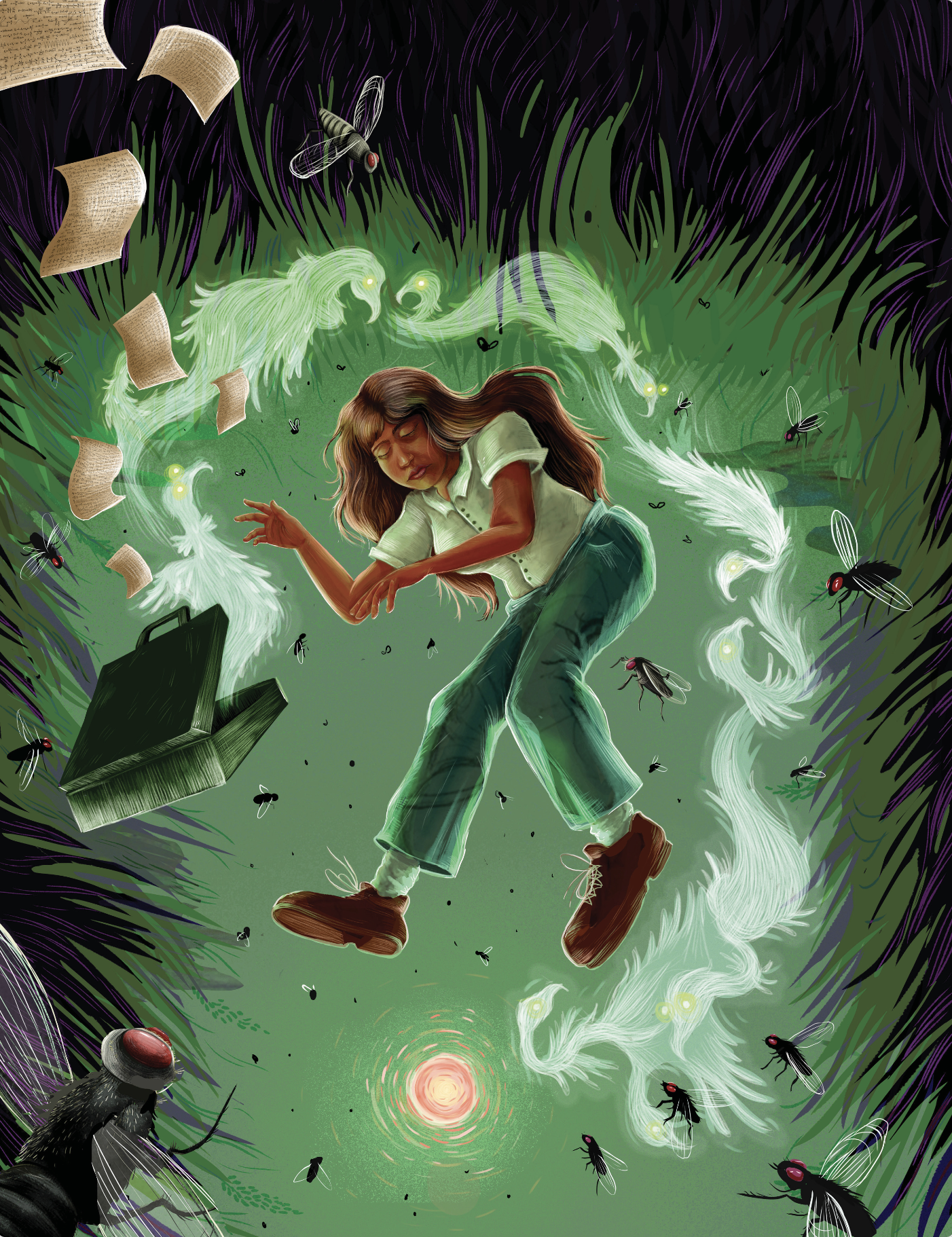


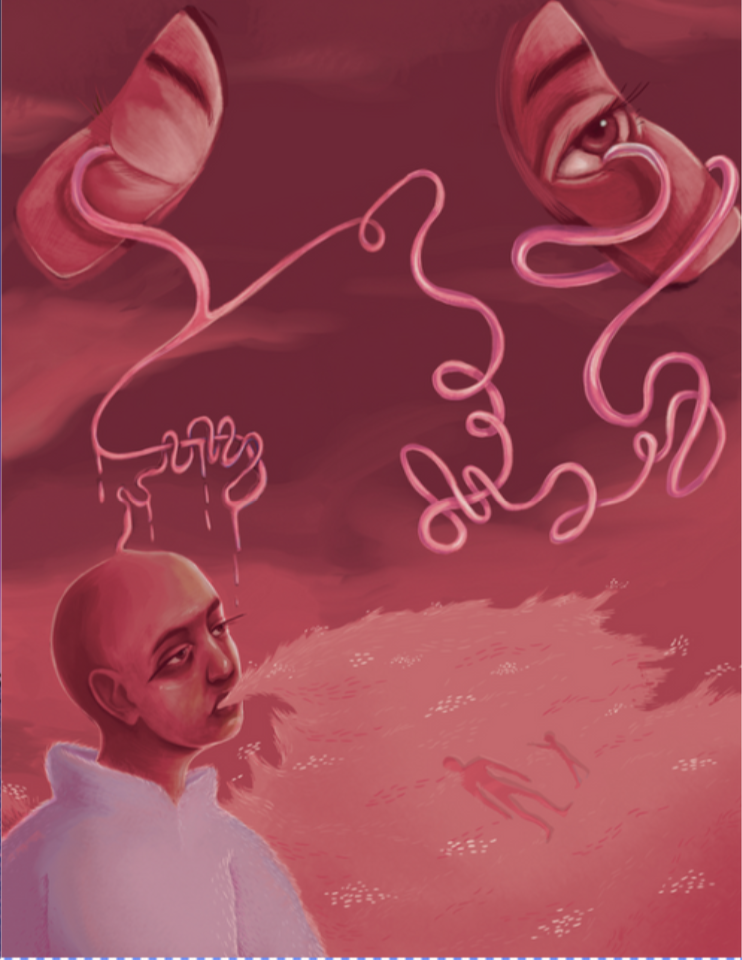

I chose the visual of the stencil because of similarity to the confessional booth- both private and public. A computer font was later made from the resulting imagery using image-trace in Adobe Illustrator. This was used as a primary typeface for “The Nexus”.
Creating the Type︎︎︎
(Feel free to move the stencils around the page)
(Feel free to move the stencils around the page)

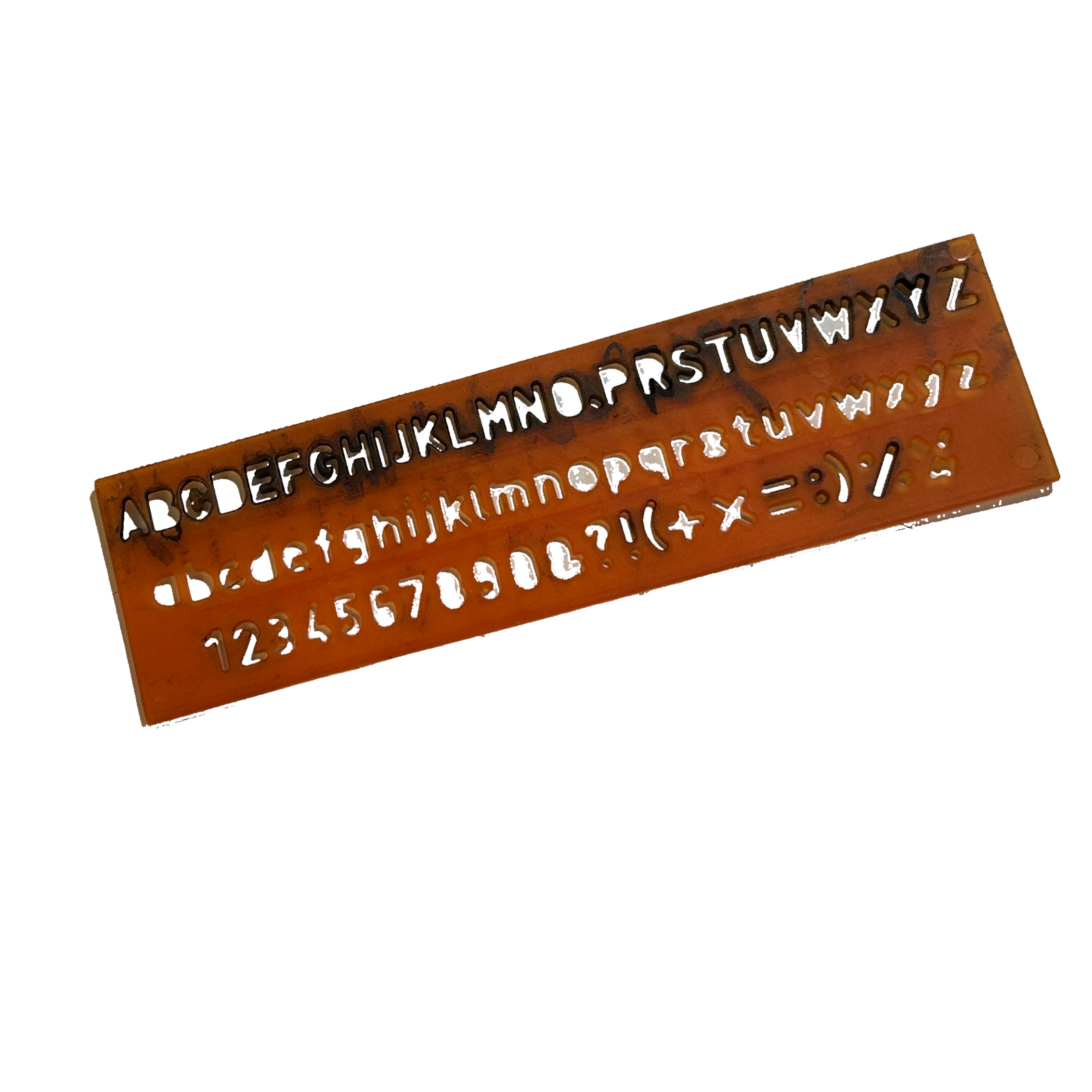

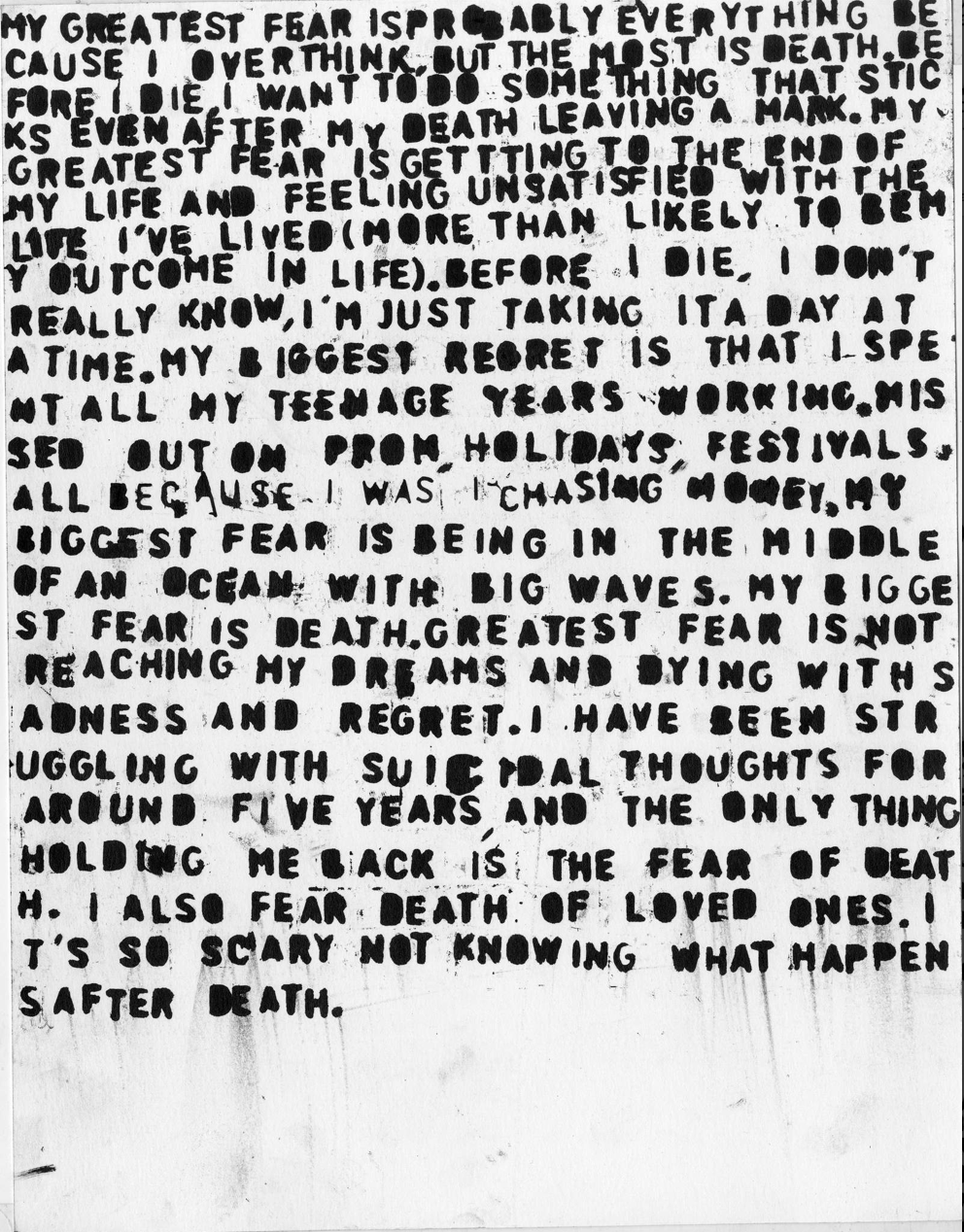
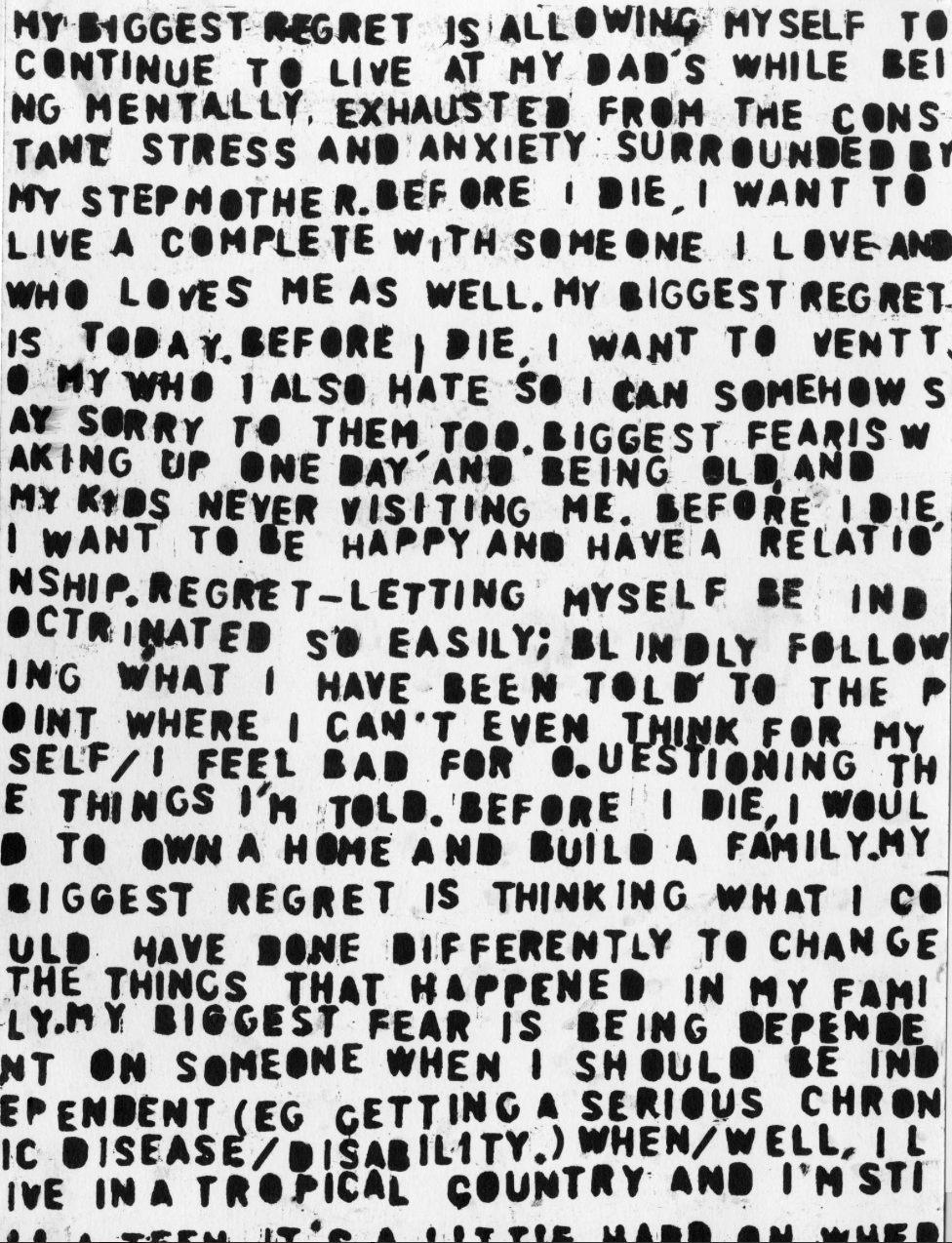
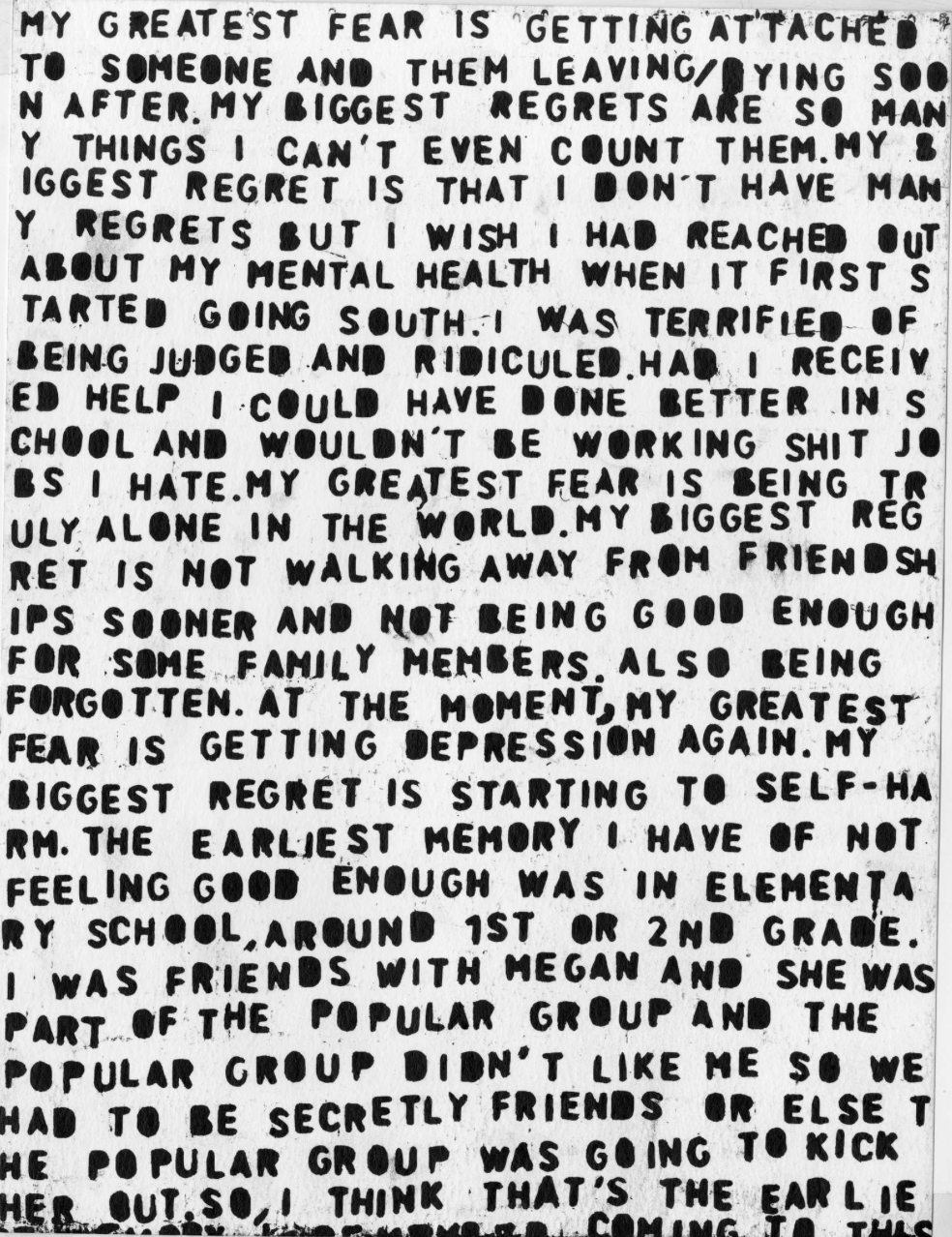
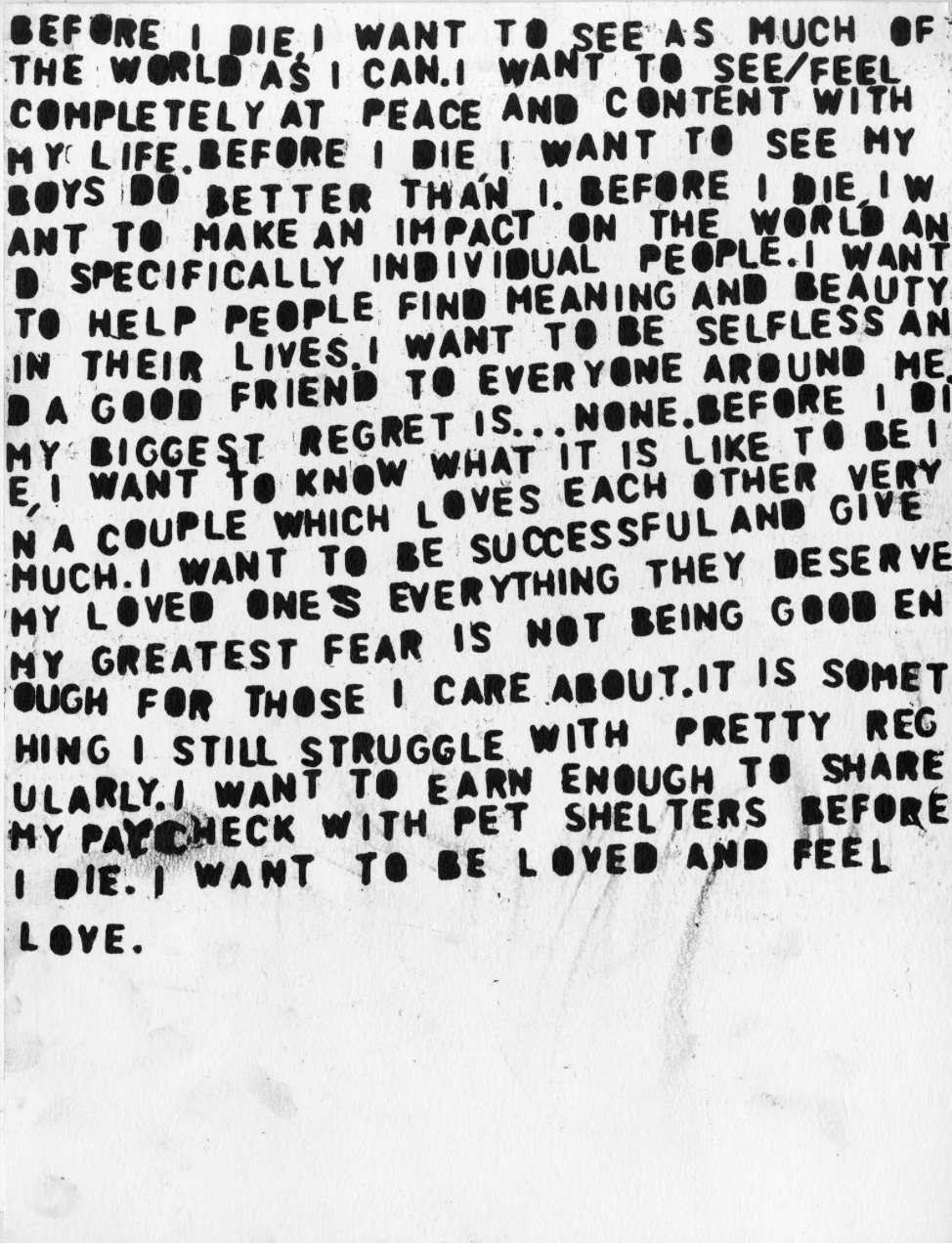
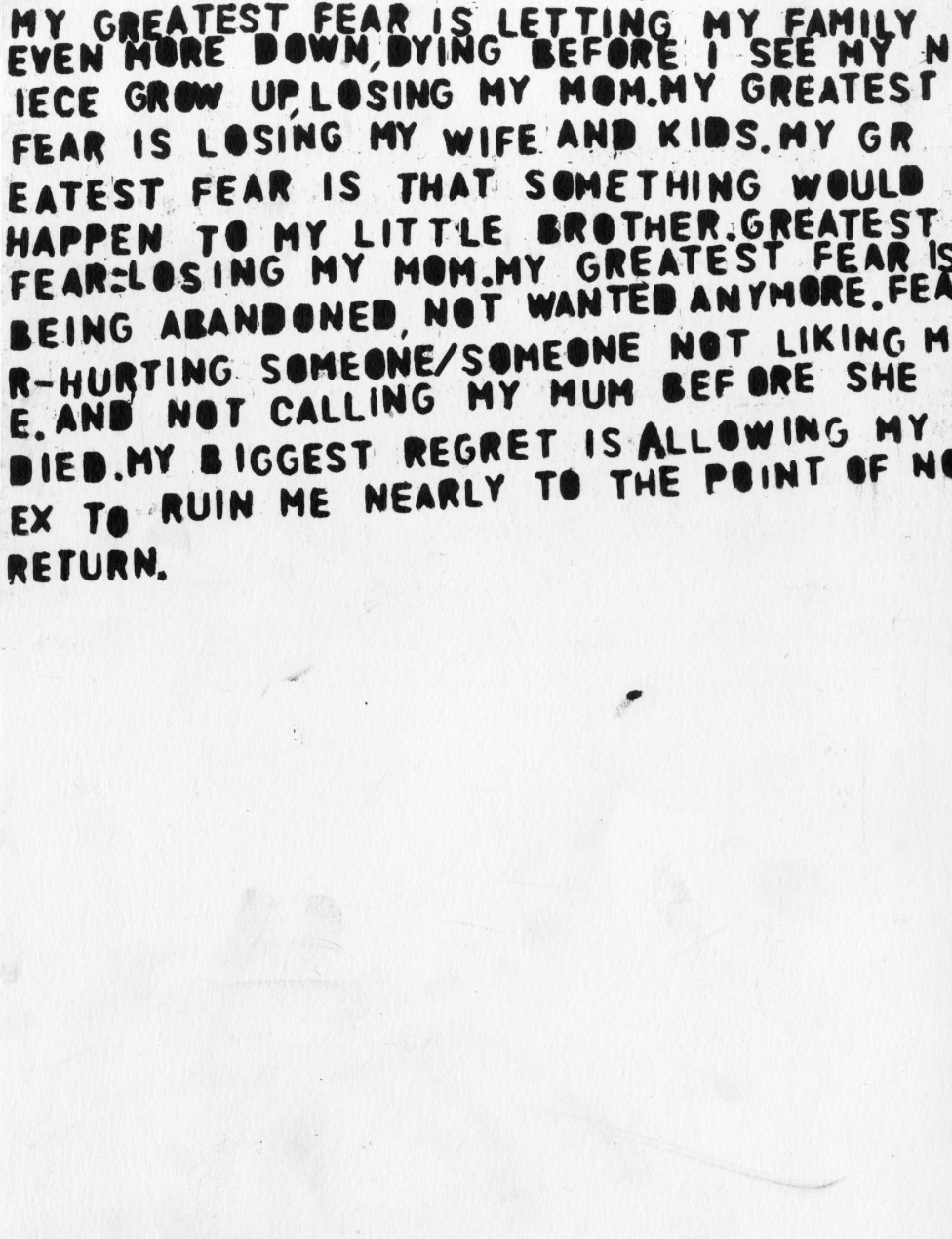
With apps like Whisper, Yikyak, and threads such as “Am I the Asshole”, confessing one’s secrets and revealing oneself intimately has never been more performative. Within the Bible in Roman Catholicism, Leviticus is often used as a reference point for rites and punishments. Using the idea of censorship and the screen of the confessional booth as a visual device, I created blackout poetry of Leviticus passages containing confession. Blackout poetry serves as a tool to shine a light on some of the absurdity of violence within the book. Then, these sections of strained Leviticus were used as verbal prompts for Artificial Intelligence image generation. The resulting imagery was nonsensical and abstracted.
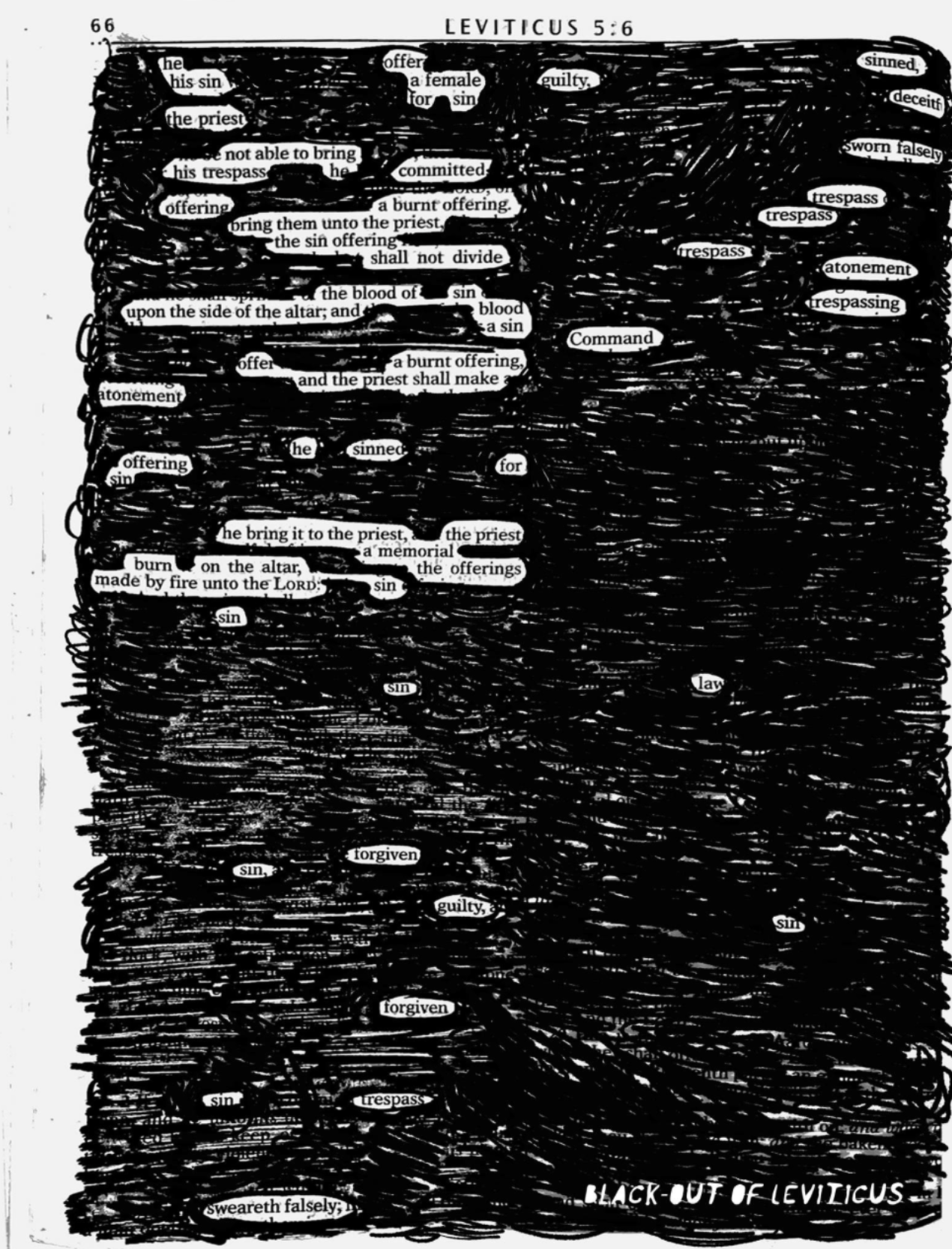
As a third method of translation, much like an inkblot test, illustrations were drawn from AI imagery. It must be noted that AI was only used as a method of translation not for any original design or creative endeavors. AI was only used because of the projects’ ties to algorithms and technology. Confession is a severely human endeavor- something AI cannot understand. I found it wildly interestering for it to interpret these themes. All imagery in the book was created by me and from me. This work was made in May of 2022 when the issue of training AI was not as prevalant. It must be noted, that AI was used in the project as an inkblot test and not used to develop the final images.
Six of these traslated sketches became chapter headings. Strained Leviticus from blackout poetry was then rearranged, creating a new mythos about confession, equally as dark in imagery. Within the myth, the names Asifa (feminization of Asif) and Ardea reference Abrahamic faiths. However, in a way to create timelessness, the deity is titled “The Anointed”. “The Nexus” is wide in its scope of exploration, however, when all is said and done, it must be acknowledged that one artist can never truly create something universal.
Religious Exploration and Blackout Poetry of Leviticus
Resulting in New Myth︎︎︎


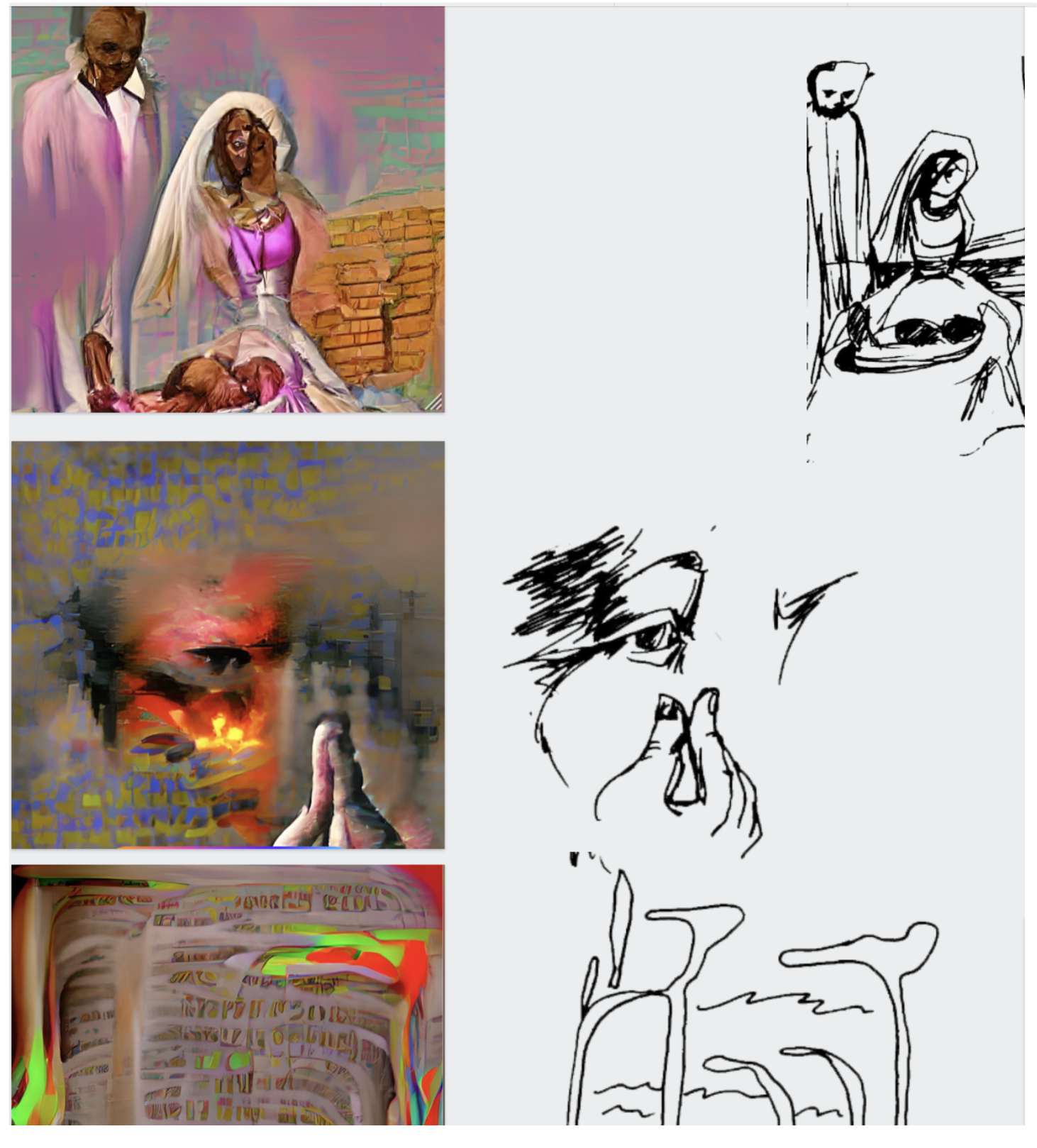
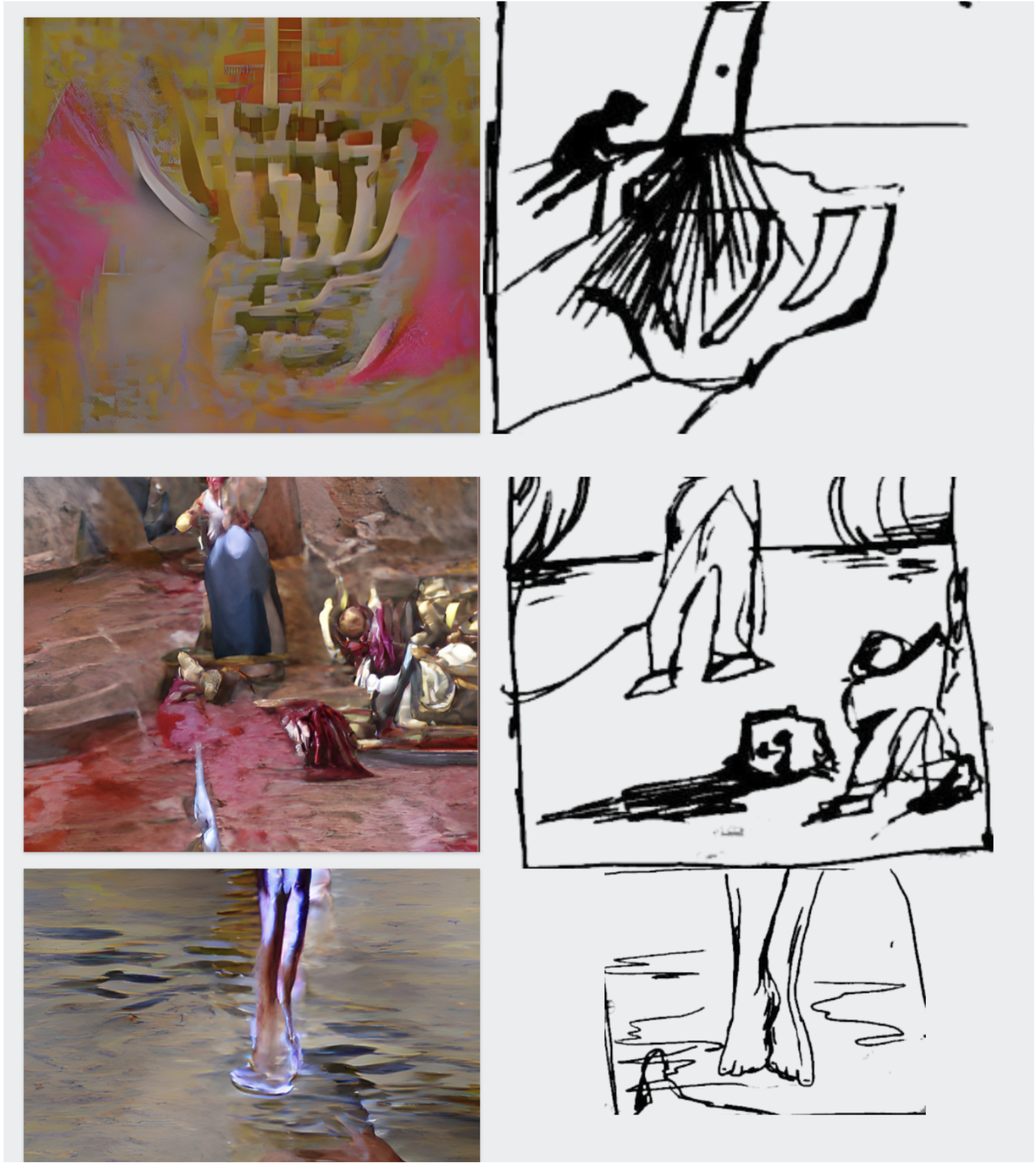

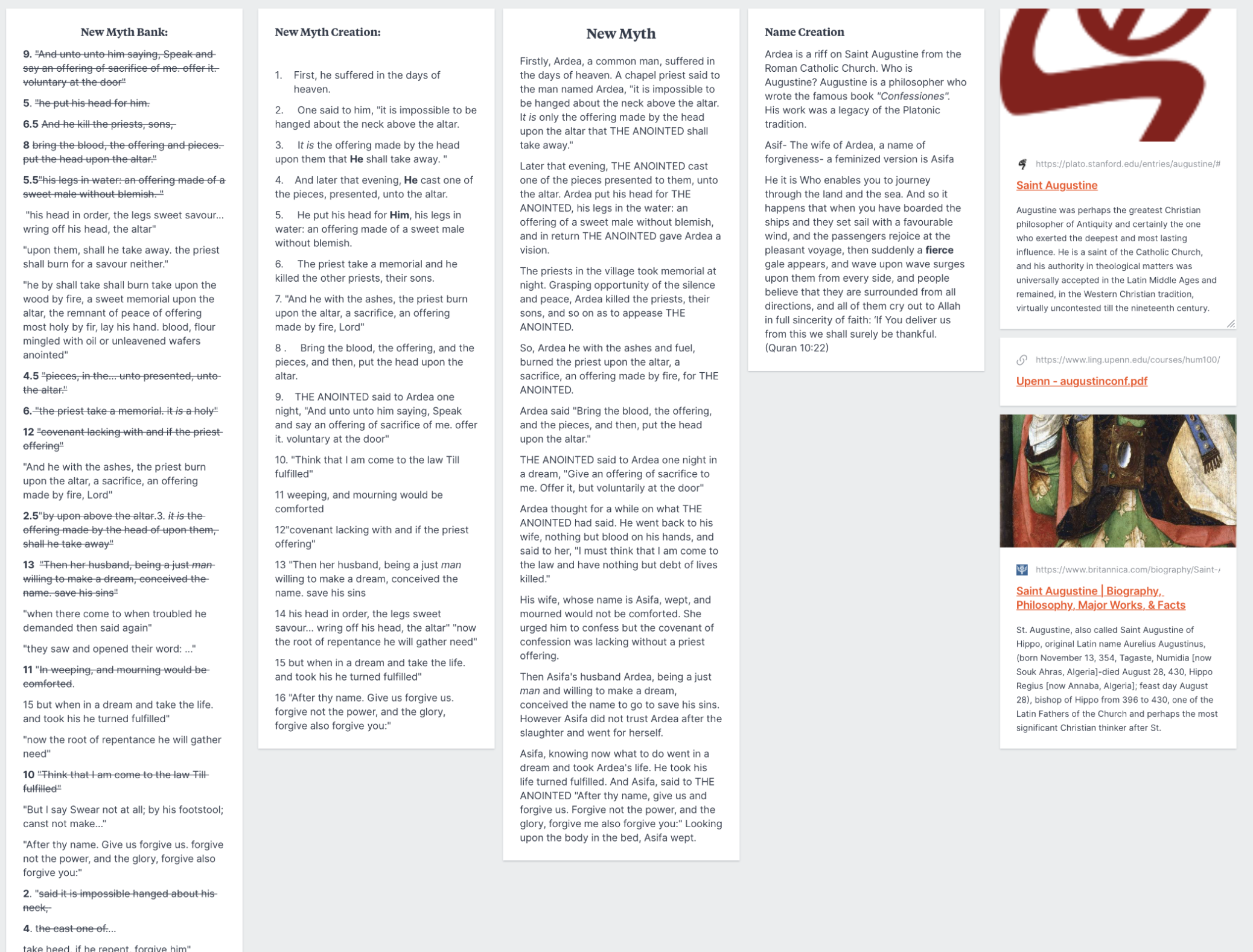


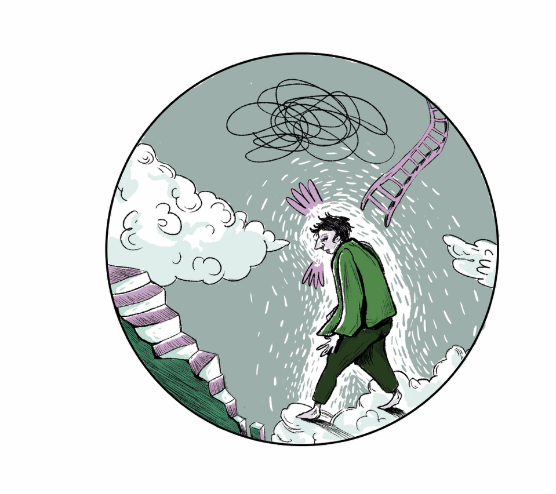
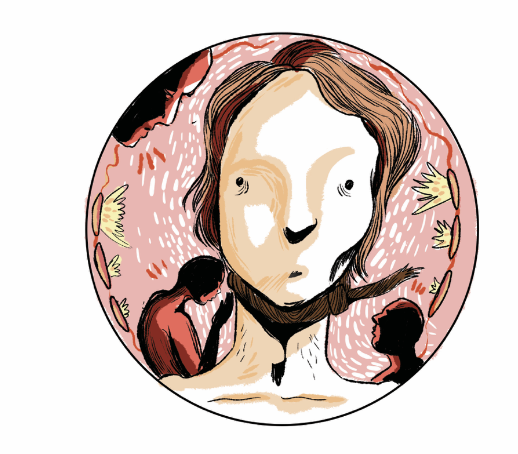


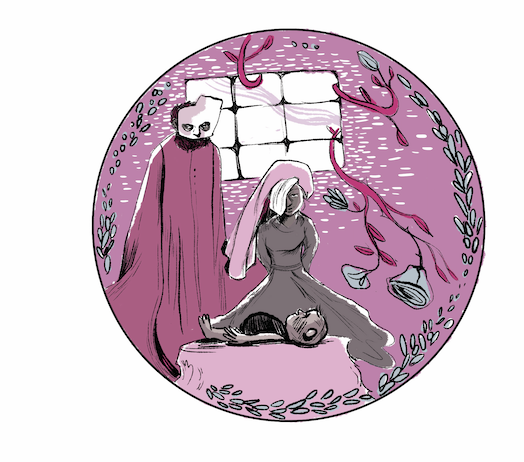
“The Nexus” then became an artifact- a Biblical text in its own right. It became made of wood, stained, and then cut with red thread binding it. The back of the book and the cuts into the wood are meant to resemble a confessional booth in nature.
A printed hardcopy version was also created and is currently being workshopped for sale.
The Resulting Artifact ︎︎︎

